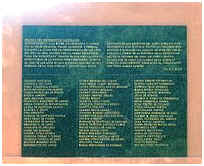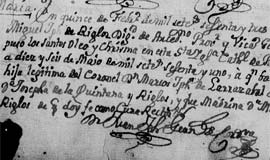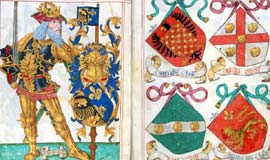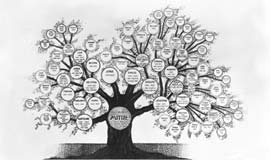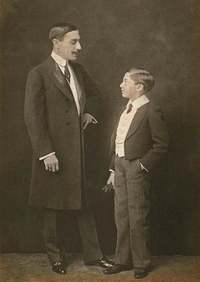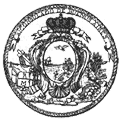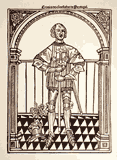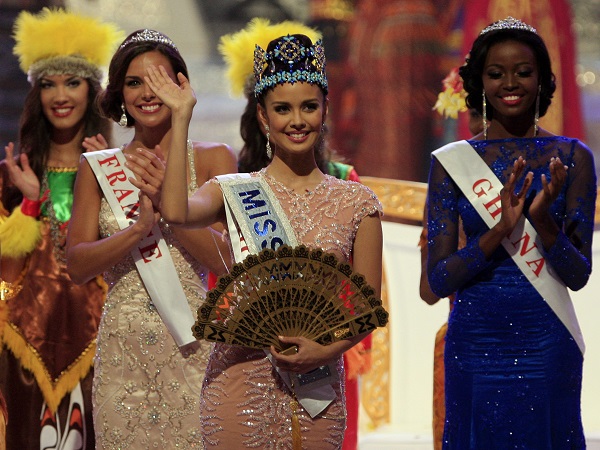|
ccording
to the 2010 Census, the total population of the United States was
305,305,818. The count for the Hispanic population of the United States
was 50,477, 594, not counting the almost 5 million Puerto Ricans on the
island. That would bring the Hispanic count to almost 55 million.
Hispanic Heritage Month is not about celebrating the heritage of
Spain and other Hispanic identified countries in the Americas and
elsewhere. Hispanic Heritage Month celebrates the contributions to the
United States by Spain and other Hispanic identified countries in the
Americas and elsewhere. That’s a critical distinction. Unfortunately,
many Non-Hispanic Americans know little about the contributions to
American life and culture by American Hispanics; that is, those
Hispanics in the United States who are citizens of the United States
either by birth or naturalization and, therefore, not (necessarily)
citizens of Hispanic countries in the Americas and elsewhere. There are
some instances where American Hispanics like other groups have dual
citizenship.
Another
way to differentiate U.S. Hispanics from Hispanics in Spain and other
Hispanic identified countries in the Americas and elsewhere is to think
of the latter as Hispanic Americans and the former as American
Hispanics. American Hispanics live and work legitimately in the United
States. There are some Hispanics like members of other groups living and
working in the United States legitimately with temporary documentation
(Green Cards) while waiting to become American citizens. Those Hispanics
who live and work in the United States without proper documentation are
not considered American Hispanics. They are sometimes referred to as
“undocumented workers.”
Celebrating
the Hispanic heritage of the United States actually started in 1967 with
a proclamation by President Lyndon Baines Johnson recognizing the 16th
of September of that year as Hispanic Heritage Day. The 16th
of September is celebrated in Mexico and by Mexican Americans in the
United States as Mexican Independence Day from Spain in 1821. The
following month the President’s Cabinet (Inter-agency) Committee on
Mexican Americans held a Mexican American summit in El Paso, Texas (see
“Minority on the Border,” The Nation, 12/7/67 by the author). On September 17, 1968, House
Joint Resolution 1299 (Public Law 90-498) was passed unanimously by
voice vote proclaiming the week of September 15-22 as Hispanic Heritage
Week. Subsequent presidents continued the tradition. On August 17, 1988
Air Force Colonel Gil Coronado successfully persuaded Congress to enact
Public Law 100-42 designating National Hispanic Heritage Month from
September 16 to October 15, spanning celebration of September 16th
and Dia de la Raza (Columbus Day) on October 12. National Hispanic
Heritage Month coincides with the independence days of Costa Rica, El
Salvador, Guatemala, Honduras, Nicaragua, and Chile also.
Little
known because American textbooks exclude it, the Hispanic heritage of
the United States is older than the Anglo Heritage of the United States.
By the time of the Plymouth Plantation in 1619, Saint Augustine
(Florida) had been in existence for 55 years, and Santa Fe was already a
thriving city. Throughout the vast expanse of the Spanish presence in
North America, Spanish settlements of varying sizes dotted the
landscape. Spanish exploration in what is now the United States took
many forms. In 1536 Alvar Nuñez Cabeza de Vaca left for us a record of
his travels through Texas, Oklahoma, and New Mexico. And in 1592, Gaspar
Pérez de Villagrá recorded in Virgilian cantos the exploits of the
Spaniards at Acoma Pueblo near present-day Albuquerque. That text, Historia
de Nuevo Mexico, is now regarded
as the first American epic. Over time, Santa Fe became the
commercial center of Spain in what is now the United States and
geographically critical in the westward expansion of the United States
in what was known as “the Santa Fe Trail.”
hat
is the term “Hispanic”? What does it mean? Where does it come from?
Why is it used to identify particular peoples of the Americas? Is the
term “Hispanic” the same as “Latino”? Both the terms
“Hispanic” and “Latino” have been used for some time. More
recently, however, the revivified term “Latino” has resonated with
contemporary American Hispanics, many of whom perceive the term
“Hispanic” as a label imposed on them by the bureaucracy of the U.S.
Census Bureau. Actually, the term “Hispanic” cropped up in the early
Spanish colonial period to designate persons with a biological tie to a
Spaniard. In Spanish the term was “Hispano.” Later, the term evolved
into “Hispano- Americano” to emphasize that Hispanos were also
Americans since they were of the Americas. Historically, the United
States appropriated that term for its own identity so that few Americans
realize that all the populations of the Americas are Americans.
The
word “Hispanic” is one of those large rubrics like the word Catholic
or Protestant. By itself, the word refers to all Hispanics
(persons whose heritage derive from historical origins in Hispania--
Roman name for Spain), attesting to a common denominator, conveying
information that the individual is an off-spring or descendent of a
cultural, political or ethnic blending which included in the beginning
at least one Spanish root either biological or linguistic or cultural.
That means a Mexican Indian with no Spanish “blood” (as we
understand that term) in him or her, but who speaks Spanish and has
amalgamated, internalized, or assimilated the evolutionized Spanish
culture of Mexico is considered an Hispanic just as an Indian of the
United States who speaks English and has amalgamated, internalized, or
assimilated the evolutionized Anglo culture of the United States is
considered to be an American though in the case of American Indians they
are Americans both by priority (they were here first) and by fiat (the
United States made them Americans by colonization and later by law).
Talking
about people in terms of labels can be misleading. For example, a person
may be an Hispanic in terms of cultural, national or ethnic roots.
Nationally Colon (Columbus) was a Spaniard though born in Genoa when
it was part of the Spanish empire. Werner Von Braun (father of the
American space program) was born in Germany and became an American
citizen after his relocation to the United States from Nazi Germany. In
Argentina there are Hispanics who have no “Spanish blood” but who,
nevertheless consider themselves Hispanics, speak Argentine Spanish and
are fluent in Italian or German, the languages of their immigrant
forebears to that country.
Put
another way, the term “Hispanic” is comparable to the term Jew
which describes the religious orientation of people who may be
ethnically Russian, Polish, German, Italian, English, etc. There are
Chinese Jews, Ethiopian (Falashan) Jews, Indian Jews, et al. So too the
term “Hispanic” describes people
by linguistic orientation (Spanish speakers from countries whose
principal or national language is Spanish). In the Americas there are
more speakers of Spanish than English. These may be Mexicans,
Nicaraguans, Cubans, Venezuelans, Chileans, Argentines, et al.
Additionally, there are blended Hispanics often identified as
Indo-Hispanics and Afro-Hispanics, Asian-Hispanics (including Filipinos)
and a congeries of other mixtures. There are Hispanics who identify
themselves as Black and many who identify themselves as White. There is
an array of Chinese Hispanics, Lebanese Hispanics, Pakistan Hispanics,
Hindu Hispanics, Jewish Hispanics (Sephards) et al. This all points to
the fact that Hispanics are far from a homogeneous group. In the main,
though, their common characteristics are language (Spanish or a
derivative version of Spanish as well as a distinctively derivative version
of English oftentimes called Spanglish) and religion (most are
Catholic), though there is a growing number of Hispanic Protestants).
There are other lesser characteristics as well.
ccording
to current demographic data, the United States has the 5th
largest Hispanic population in the world exceeded only by Mexico,
Spain, Columbia, and Argentina. By the year 2015 only Mexico will have a
larger Hispanic population. In the year 2000, close to 7 million
American Hispanics who reported themselves as such in the Census lived
in the Los Angeles metropolitan area, another 3 million in New York
City. Since 1980 the American Hispanic population of both cities almost
doubled. And over the 1990's the Hispanic population of the United
States grew 58%. Since 1980 Mexican Americans almost doubled their
population size. From 24 million American Hispanics in 1990, the 2010
Census enumerated 50.5 million U. S. Hispanics not counting the
4.5 million Hispanics in Puerto Rico who are excluded from the
count. In the 1990 count almost 4 million Hispanics in the United States
were missed by the Census , and another 4 million or so undocumented
Hispanics in the United States.
At
the start of the new millennium there were about 45 to 48 million
Hispanics in the United States, making them the single largest minority
group in the country. That is, 16% of the U.S. population was Hispanic.
Or, 1 in 6 was Hispanic. As a group, American Hispanics are larger than
the population of Canada (32 million) and more than twice that of
Australia (20 million). Projections suggest that by the year 2050 1 in 3
Americans will be Hispanic. Peter Francese of American Demographics
notes that “America really had no clue that the Hispanic population
was that big.” But Steven Murdoch, the Texas demographer, has been
aware of the growth of the Hispanic population in Texas. He has forecast
that by the year 2040 Hispanics in Texas (Tejanos) will comprise 65% of
the state’s population while the Anglo population of the state will
have dwindled to 25%. Ten percent of the state’s population will be
black or other.
According
to the 2010 Census, the Hispanic population grew from 35.3 million to
50.5 million (not counting Island Puerto Ricans). Per the U.S. 2010
Census count, Hispanics are in every state of the country. One report
asserts that Hispanics are in every county of the United States.
Hispanics make up the majority population in 28 major U.S. cities with
more than 100,000 inhabitants, most of them located in California,
Texas, Florida, and New Jersey. The Hispanic population more than
doubled in Kentucky, Alabama, Mississippi, Arkansas, and South Carolina.
75% of Hispanics live in Arizona, California, Colorado, Florida,
Illinois, New Mexico, New Jersey, New York, and Texas. Five states are
15% or more Hispanic (New Mexico, 46.3%; California, 31%; Texas, 30%;
Arizona, 22%; Nevada, 15%) and
five states are 10% or more Hispanic (Colorado, 14%; Florida, 14%; New
York, 14%; New Jersey, 12%; Illinois 10%). Nine states and the District
of Columbia are 5% or more Hispanic (Connecticut, 8%; Idaho, 7%; Utah,
7%; DC, 7%; Wyoming, 6%; Washington, 6%; Oregon, 6%; Massachusetts, 6%;
Rhode Island, 6%; Kansas, 5%). Five states account for almost 75% of the
U.S. Hispanic population (California, 34%; Texas 20%; Massachusetts,
9%; Florida, 7%; Illinois, 4%. These figures don’t take into account
Census errors like the one in 1970 which failed to count some 3 million
Mexican Americans. One of the reasons for so much difficulty in counting
American Hispanics is that a significant
number report themselves
as White or Black, not Hispanic.
In the 20th century, the U.S. Hispanic population grew
5 times faster than the overall population. Since 1980, the nation’s
Hispanic population has grown by more than 40% compared to 7% for the
overall population. At present growth rates, the American population is
expected to reach 325 million by the year 2020. Projecting the U.S.
Hispanic figures per their growth rates, they could number well over 60
million by the year 2020. That means that about 1 in 5 Americans could
be Hispanic, roughly 20% of the U.S. population. (Counting Puerto Rico,
the U.S. Hispanic population today is about 54.2 million—17.4% of the
total U.S. population.) By the year 2050 some demographic forecasts
expect the U.S. Hispanic population to triple. At the moment,
Hispanics account for more than half of the U.S. population
growth. Astonishingly, these growth rates are not fueled
principally by immigration but by fertility. An extreme projection by
the U.S. Census Bureau suggests
that by the year 2097, 50% of the entire U.S. population will be
Hispanic, 30% will be black; 13% will be Asian, and only 5% will be
white.
In
a 1988 study, the Arizona Republic of Phoenix indicated that
in the year 2013 “Hispanics will make up nearly half of Arizona’s
population, raising the prospect of their taking a strong leadership
role in the state.” Despite these auguries for the population growth
of American Hispanics, little planning if any has been undertaken for
such an eventuality. In fact, compared to their size in the American
population, American Hispanics are grossly underrepresented in most
areas of American public life and policy. Like Blacks, they are
congregated in the gladiatorial areas of sports. Despite their looming
size, American Hispanics are almost never seen on mainstream network
television news shows as hosts or discussants on American domestic and
foreign policy issues. Except for special shows, American Hispanics are
still largely invisible in the plethora of inane television programs. In
film, non-Hispanics portray Hispanics (often badly). Many times in film
and television Hispanics are often referred to by Hispanic names in the
scripts, but never seen.
ho
are these people whose presence in the American population will have
such a major force in the American future? Surprisingly, most Americans
tend to think of U.S. Hispanics as a loose aggregation of
“immigrants” who speak only Spanish, somewhat aware that the
largest number of them live in the Southwest, a fair number in the
Mid-West, the Upper Middle Atlantic states and New England with a
growing number in the American Southwest.
Essentially, American Hispanics may be sorted into five groups:
(1) Mexican Americans, many of whom identify themselves as Chicanos, an
ideological designation that identifies their generation, (2) Puerto
Ricans, some of whom identify themselves as Boricuas, (3) there are U.S.
Hispanics who identify themselves as Hispanos
(found mostly in New Mexico many of whom identify themselves as Manitos
and are counted as Mexican Americans; in Texas a vast number if not most
Mexican Americans refer to themselves as Tejanos;
and in California, many Hispanic Californians who are descendents of the
founding families in both Baja and Northern California refer to
themselves as Californianos
rather than Mexicans, (4) Cuban Americans, and (5)
Latinos–-Hispanics from countries other than Mexico, Cuba, Spain, and
Puerto Rico. A recent PEW Hispanic Center Report,
When Labels Don’t Fit, explained that “only about one-quarter
(24%) of Hispanic adults say they most often identity themselves by
“Hispanic” of “Latino,“ adding that “about half (51%) say they
identify themselves most often by their family’s country or place of
origin—using such terms as Mexican, Cuban, Puerto Rican, Salvadoran of
Dominican.”
Per the U.S. Census Count of 2010 the Mexican origin population
grew by 54% and accounts for 63% of U.S. Hispanics, about 32 million.
Two out of three U.S. Hispanics are Mexican Americans. Not counting
Puerto Rico, Puerto Ricans make up almost 10% of U.S. Hispanics with
almost 4 million of them in the continental U.S. Almost 4 million of
them live on the island of Puerto Rico. Mexican Americans and Puerto
Ricans make up almost 75% of the U.S. Hispanic population. In other
words, 3 out 4 U.S. Hispanics are Mexican Americans and Puerto Ricans.
The almost 2 million Cuban Americans in the United States, most of
them in Florida, make up about 4% of U.S. Hispanics. Latinos, about 12
million of them with roots in Latin America make up the balance of U.S.
Hispanics—25%. In other words, 1 out of 4 U.S. Hispanics is Latino,
that is, from countries other than Mexico, Puerto Rico, or Cuba. There
are other U.S. Hispanic groups, statistically not significant as groups,
like Sephardic Americans (Hispanic Jews), Pacific Islanders with
Hispanic roots, and American Filipinos who are not counted as Latinos
but should be since Spain had a longer presence in the Philippines than
in Mexico.
In
profile, U.S. Hispanics are a “young” population with a median age
in 2010 of 27 years compared to 34 years for non-Hispanics. Hispanics
are predominantly an urban population: 82% live in cities, compared to
65% of Anglos, though there is a trend of U.S. Hispanics migrating to
rural areas. In terms of median income, in 2000, U.S. Hispanics earned
an average of $23,300, some $2,450 more than blacks but some $2,600 less
than Anglos. In 2010 median income for U.S. Hispanics was $40,200.
Nearly 1 out of every 4 American Hispanics fell below the poverty level
in 1999, more than thrice the ratio for Anglos. In 2000, American
Hispanic unemployment rose to 13.8% compared to 7.2% for the total
population. In 2010 Hispanic unemployment rose to 18% compared to 9.6%
for the total population. While there were gains for some American
Hispanics, most of these figures remained relatively unchanged in the
year 2010 for the mass of American Hispanics who are still searching for
America. Economic projections indicate that by 2012 Hispanics will
represent a $1.3 trillion consumer market. In 2010, $21.3 billion in remesas
(money sent to Mexico) were generated by Mexicans working in the
United States.
mportantly,
American Hispanics are not recently arrived immigrants to the United
States. Given the finite immigration quotas for “Latin America”
since 1924, the present population of U.S. Hispanics would not be as
large if its source of growth were solely from immigration. Their sheer
size in the American population points to the fact that American
Hispanics are of longer duration in the United States and their growth
stems principally from fertility. According to the National Center for
Health Statistics, in 2010 there were 98.8 births for every 1000
Hispanic women compared to 66 births per 1000 Anglo women.
The
initial core of Hispanics in the U.S. population came from the Dutch
colony of New Amsterdam, later renamed New York after the British
acquired it in the 17th century. Later the Hispanic Jews
(Sephardim) who came with the Dutch colony contributed significantly to
the colonial revolutionary efforts of 1776 and to the later prosperity
of the country. In the 19th century, in two swift “gains”
within 50 years of each other, the United States “acquired” a
sizable chunk of its Hispanic population, not counting the acquisition
of Louisiana in 1803 with its Hispanic residents and Florida in 1819
with its Hispanic population. The first “gain” was as a consequence
of the U.S. war against Mexico (1846-1848) out of which came the Mexican
Americans of California, Nevada, Arizona, Utah, Colorado, New Mexico,
Texas, parts of Oklahoma, Kansas, and Wyoming. No one is sure of the
numbers of ”Mexicans” who came with the dismembered territory
(almost half of Mexico’s domain) but figures range from 150,000 on the
low side to as many as 3.5 million (including Hispanicized Indians). The
second “gain” of Hispanics occurred as a result of the U.S. war with
Spain (1898) out of which came the Puerto Ricans, Filipinos, Guamanians,
Virgin Islanders, and the first wave of Cubans (though Cubans had been
emigrating to the American colonies first then the United States since
the 17th century. In 1917 Cuba was cut loose by the United
States. The figures for these groups range variously as well. But the
point is that American Hispanics have been part of the United States
historically for some time. In both the U.S. war with Mexico and the
U.S. war with Spain, the United States “came” to the Hispanics, the
Hispanics did not come to the United States. They were already on their
land which the United States appropriated from them as a spoil of war.
In both cases, Hispanics who came with the conquered territories were
chattels of war. Unfortunately, Americans have tended to think of
Hispanics in the United States as newly arrived and to confuse them with
Hispanic Americans, the 400 million who populate the Spanish-language
countries of the American hemisphere.
Not
all American Hispanics agree on the term Hispanic or Latino to identify
themselves. Many American Hispanics from the Southwest, for example,
prefer to be called Mexican Americans or Chicanos and think the term
Hispanic is an arbitrary label imposed on them by a bureaucracy with a
colonial mentality. Sandra Cisneros eschews the term Hispanic; she
favors the term Latina. Many Puerto Ricans agree with that sentiment and
prefer to be called Boricuas or Latinos. Other American Hispanics
contend the term Hispanic dilutes their individual identities as, say,
Salvadorans, Nicaraguans, etc. At best, the term Hispanic is a
convenient way to talk about a diverse group of people much the way we
use the term American to talk about an equally diverse group of people.
In vogue now with many Hispanics in the Southwest and elsewhere is the
term Latino which could very well include Italians and other groups with
links to Roman Latinization.
This
“looking for a name” has created particular problems for American
Hispanics, especially in libraries (including the Library of Congress)
and with bookstores and booksellers. Irma Flores Manger, an Austin
librarian, thinks
we are leaving a whole group of people in limbo without any positive
literature about Chicanos or other Latino experiences in which the only
books available are written by authors in English. The books are
not available in some libraries because if you are not familiar with the
authors you will not buy the books as librarians. The book stores
usually have a small section on Latino Studies and sometimes our books
are lumped in with immigration studies. I don't why it's so hard
for these stores to carry books by Chicano or Latino authors in English;
there is usually a huge section for African Americans or Native American
materials.
The
difficulty lies in the fact that indeed Americans (including librarians)
do not really have a handle on the Hispanic taxonomy. For them all
Hispanics are alike. Unlike African Americans who are not lumped in with
Africans, American Hispanics are lumped in with Hispanics of Latin
America. The Library of Congress is a good example of this lumping. When
one wants to find material on African Americans in the Library of
Congress one does not go to the African Section. They are found in the
American Section. But to find materials on American Hispanics in the
Library of Congress one has to go to the Hispanic Section where all
other Hispanics are included also. Mostly, American book-stores have
separate sections for African materials and for African American
materials. Not so for American Hispanic materials. All Hispanic
materials are lumped into the Hispanic section. Peddling the Colombian
writer Gabriel Garcia Marquez’ books in Spanish or English translation
for Chicanos instead of Rudolfo Anaya’s works only strengthens the
proposition that Americans do not differentiate between Hispanics
because they don’t know who Hispanics are.
Admittedly,
there is much to a name. I’m an American Hispanic of Mexican stock who
subscribes to a Chicano perspective of life in the United States. I’m
not an Hispano because I’m not Spanish. And I’m not a Latino because
I’m not from one of those “other” Spanish-language countries of
the Americas. A Puerto Rican friend of mine explains that he’s an
Hispanic of mainland Puerto Rican stock and subscribes to a Boricua
perspective of life in the United States. Another friend of mine tells
me he’s an American Scandinavian of Norwegian stock who is a
registered Republican. I don’t find that confusing at all. We’re all
Americans, rich in cultural, linguistic and ethnic diversity.
What’s in a name? Everything. That’s why my name is Felipe
and my friend’s name is Sean. Names help to tell us apart. They also
reflect our heritage and background. Unfortunately, many Americans tend
to think the word Hispanic refers to a homogeneous group of
people–which it does not, anymore than the word German, say, (as in
German Americans) refers to a homogeneous group of people. American
Hispanics come in all sizes, shapes and colors.
deologically,
Mexican American Chicanos say the term Hispanic diminishes their
demographic priority when “lumped” with other American Hispanic
groups (all of which are considerably smaller than the Mexican American
group). Those Mexican American Chicanos contend that this lumping
suggests that all U.S. Hispanic groups are equal in size and have passed
through the same historical process in the United States, a suggestion
not supported by the facts. Not all U.S. Hispanic groups have passed
through the same historical process as Mexican Americans and Puerto
Ricans. The historical
process of these two groups has been distinctive, not shared by
“other” American Hispanic groups in the United States. A sizable
number of Mexican Americans and all Puerto Ricans are American
territorial minorities by virtue of conquest. For this reason, shrill
groups of Mexican American Chicanos and Puerto Ricans have resented
across the board applications of legal remedies (affirmative action, for
one) for all U.S. Hispanics for historical discrimination they have not
endured nor suffered. Militant members of these groups say that hiring a
U.S. Hispanic of Peruvian
descent, say, to head a major federal program intended to remedy
discrimination against territorial Hispanics does not remedy
discrimination suffered by Mexican Americans and Puerto Ricans at the
hands of Anglo-Americans since their conquest and for whom these legal
remedies were originally enacted if such remedies are applied across the
board for all Hispanics whether or not they are members of
the aggrieved
groups. Peruvian culture–while Hispanic–is not Mexican
American culture nor Puerto Rican culture. There are notable linguistic
differences as well.
Additionally,
Mexican Americans and Puerto Ricans point out the difference between
an “oppressed” territorial minority (the U.S. came to them) and
“political or economic refugees” (they came to the U.S.) Many
Chicano scholars explain that Hispanics
from Mexico
who gravitate to San Diego, Tucson, El Paso, San Antonio, and
Brownsville are migrating to a part of what once
was their ancestral
homeland until 1845/ 1848 (1853 in Southern Arizona with purchase of
the Gadsen Strip),
now considered “greater Mexico” (previously New Spain). Some
Chicano scholars see this migration as analogous to the migration of
Jews to Palestine, their ancestral homeland. Moreover, those same
Chicanos point out, most Mexicans migrating to the United States are
racially more Indian than Spanish. On their Indian side they are, thus,
autochthonous people, here long before the Niña, the Pinta, the Santa
Maria, and the Mayflower. They are not immigrants. They are of the
Americas, sharing a common bond with the indigenous peoples of the
United States and Canada.
In view of the foregoing, plans for meeting the needs of American
Latinos/Hispanics must take into account their overwhelming reliance
on the English language, and particularly that 15% of the U.S. Hispanic
population which is
monolingual Spanish operant. For them Bilingual Education and
Spanish-language publishing makes sense. What is not clear, however, is
the number of American Hispanics in the population group of 50+
who rely principally on Spanish for communication and Spanish language
publications for news and information. Spanish is the primary language
spoken at home by over 35.5 million people aged five or older. There are
45 million Hispanics who speak Spanish as a first or
second language, as well as six million Spanish students, comprising the
largest national Spanish-speaking
community outside of Mexico. Roughly
half of all U.S. Spanish speakers also speak English "very
well."
The United States is home to the second largest Mexican community
in the world second only to Mexico
itself comprising nearly 22% of the entire Mexican origin population of
the world. Almost 11% of the American population are Mexican
Americans. With the exceptions of Puerto Ricans and Cuban Americans, all
other American Latino groups are significantly less than 1% respectively
of the American population. Despite the numeric significance of Mexican
Americans in the U.S. population, the U.S. Latino population is viewed
by the non-Hispanic American mainstream as flat with all U.S. Latinos
regarded equal in population.
Reaching
the 50 million plus American Hispanic population requires knowledge of
who they are and their centrality in the American future. All the more
reason for Hispanic Heritage Month every day.
Copyright
© 2011 by the author. All rights reserved.
|

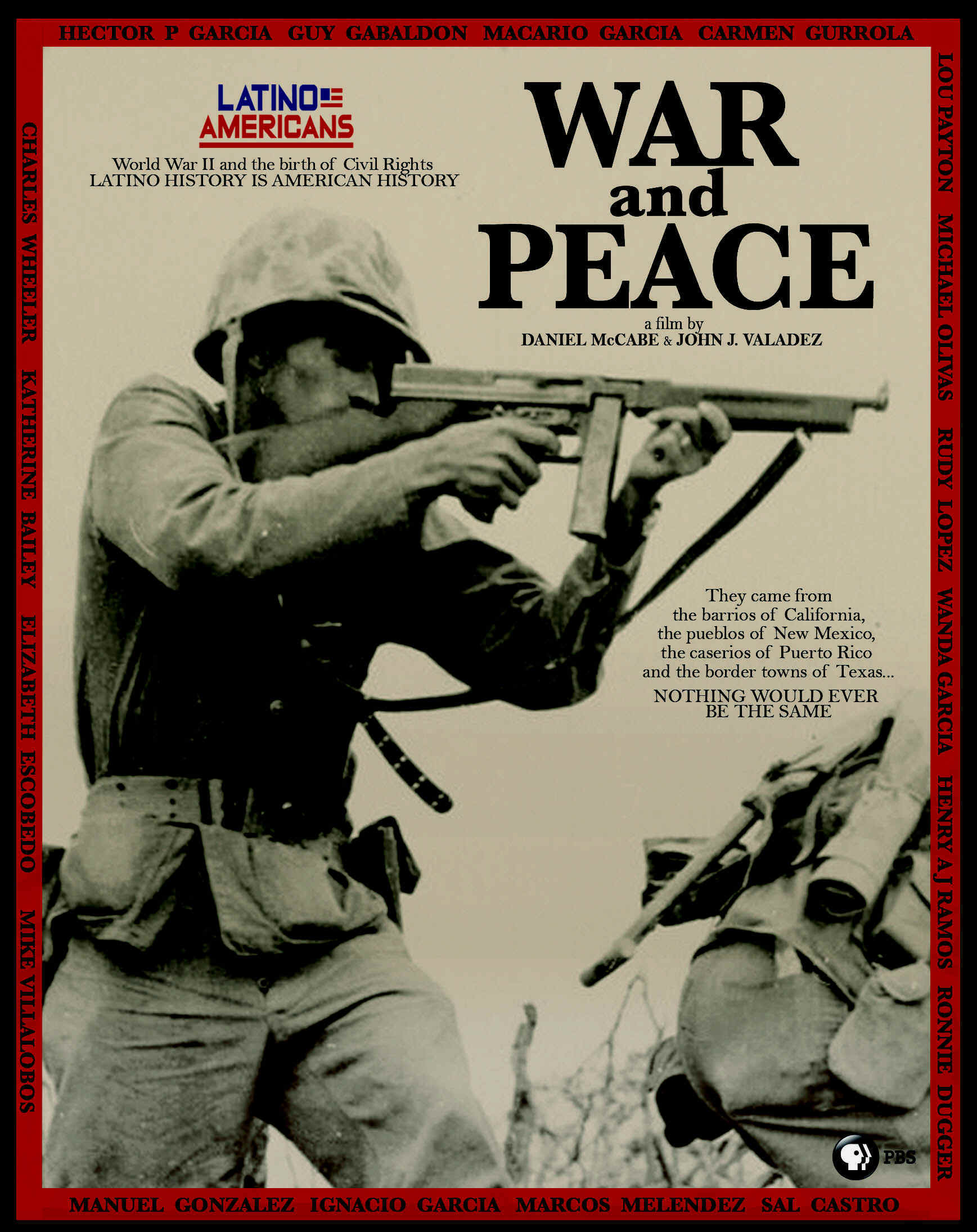


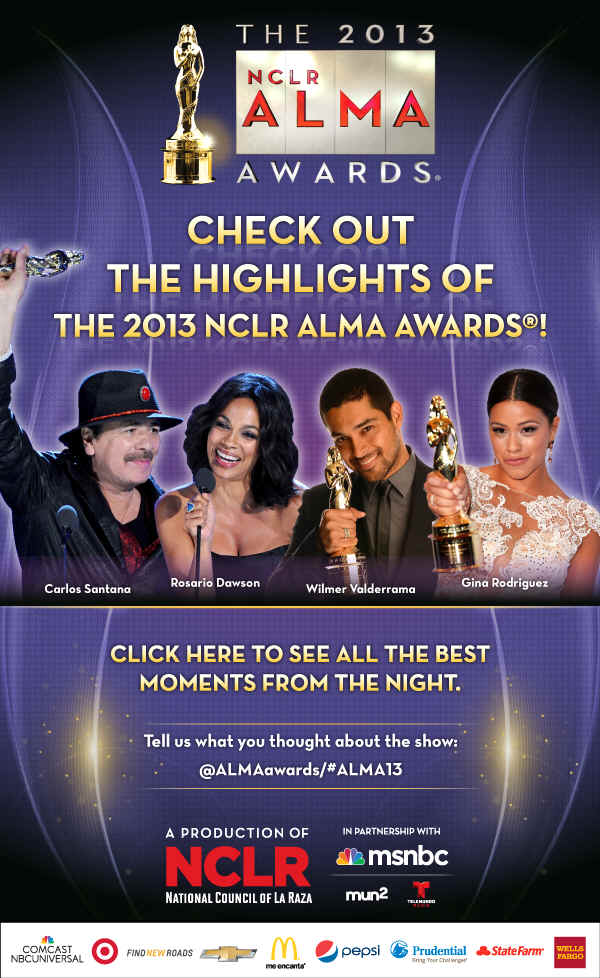
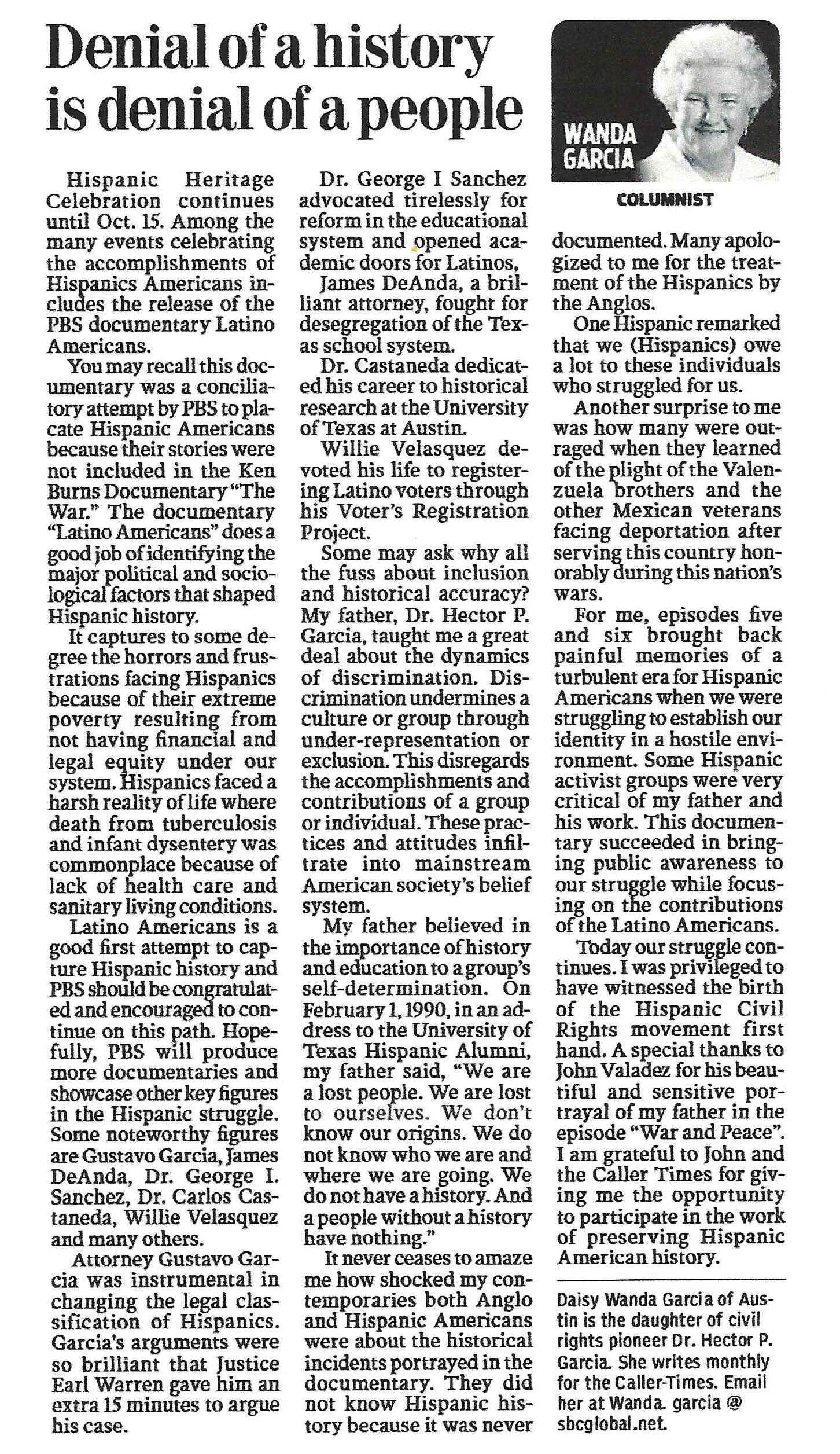

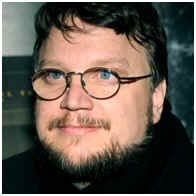
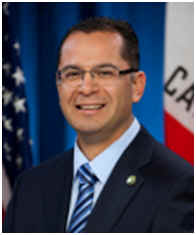

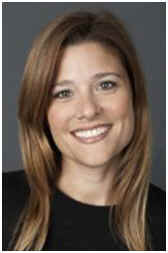
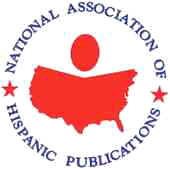
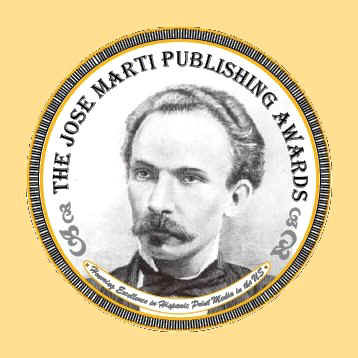 As
the National Association of Hispanic Publications enters it's FOURTH
decade of SERVICE and PROMOTION on the importance, power, and variety
of newspapers, magazines, newsletters, websites, yellow pages, and
more that combine to be Hispanic Print. The Conference was held
October 2-5, 2013 at Disney's Paradise Pier Hotel in Anaheim,
California.
As
the National Association of Hispanic Publications enters it's FOURTH
decade of SERVICE and PROMOTION on the importance, power, and variety
of newspapers, magazines, newsletters, websites, yellow pages, and
more that combine to be Hispanic Print. The Conference was held
October 2-5, 2013 at Disney's Paradise Pier Hotel in Anaheim,
California.
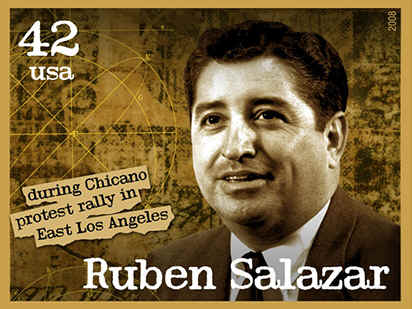

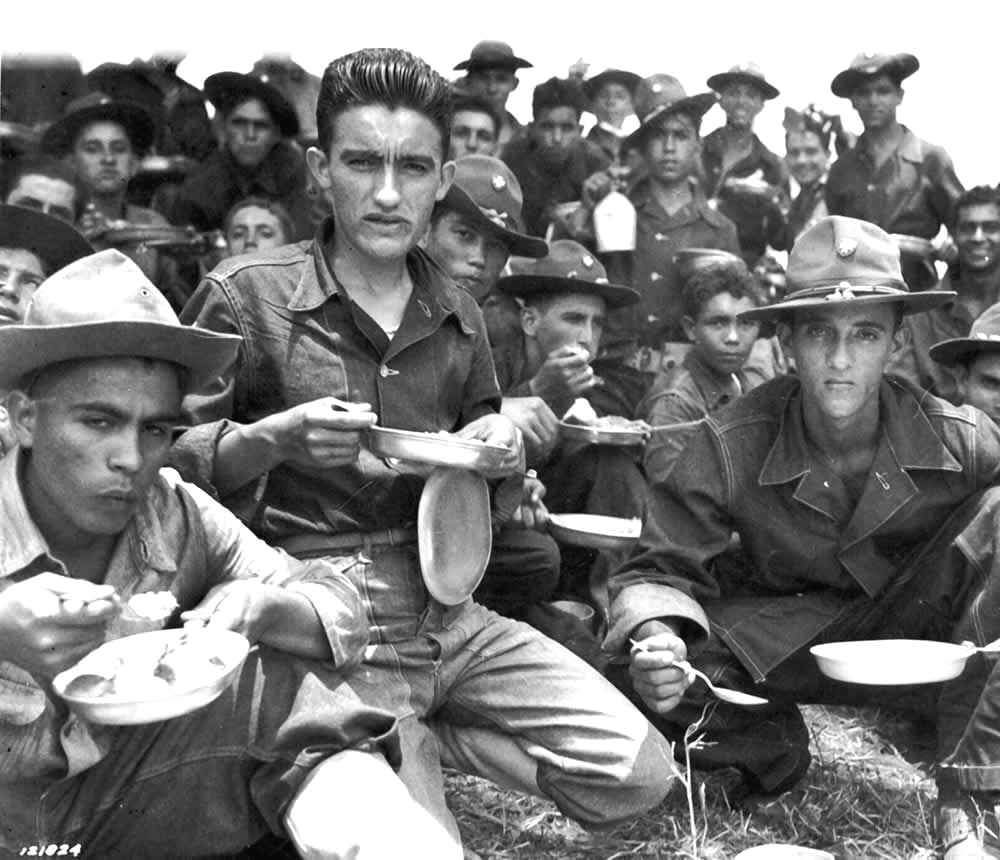
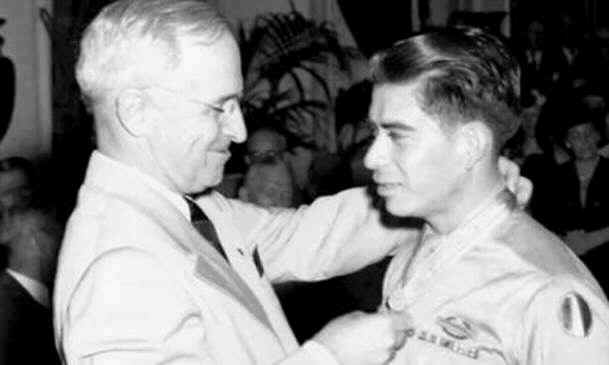

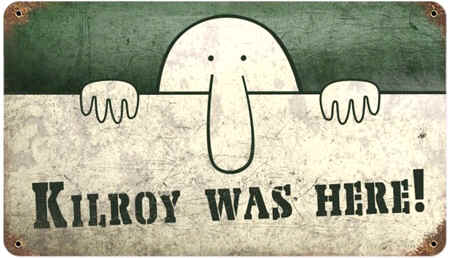



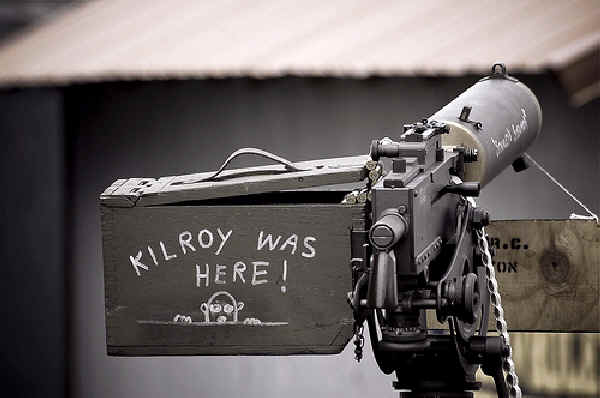
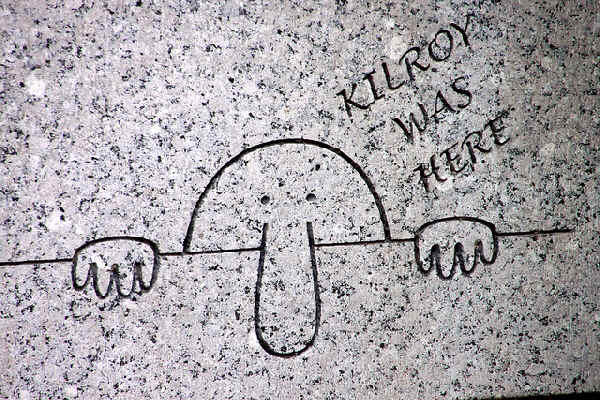
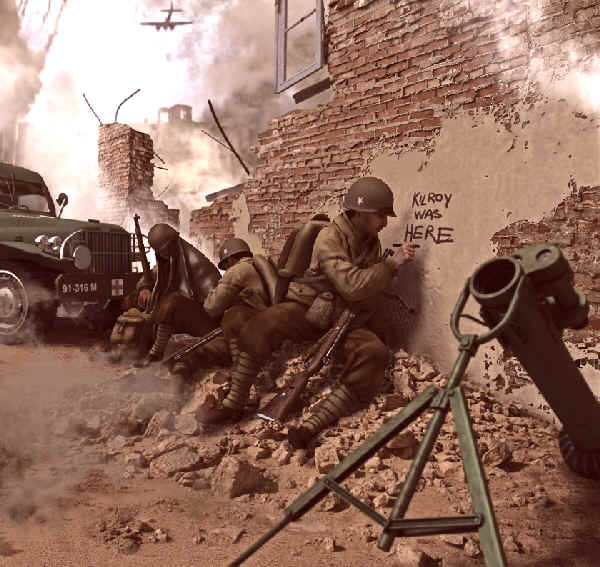
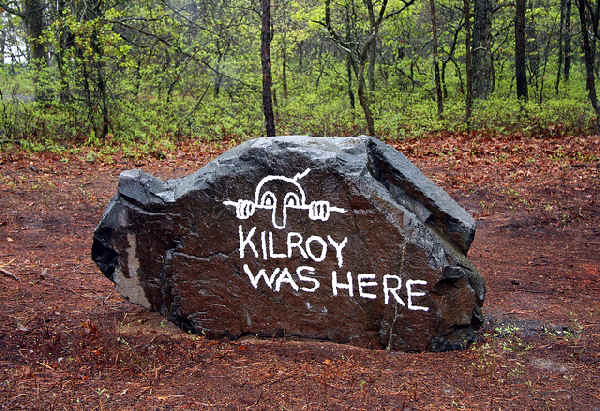

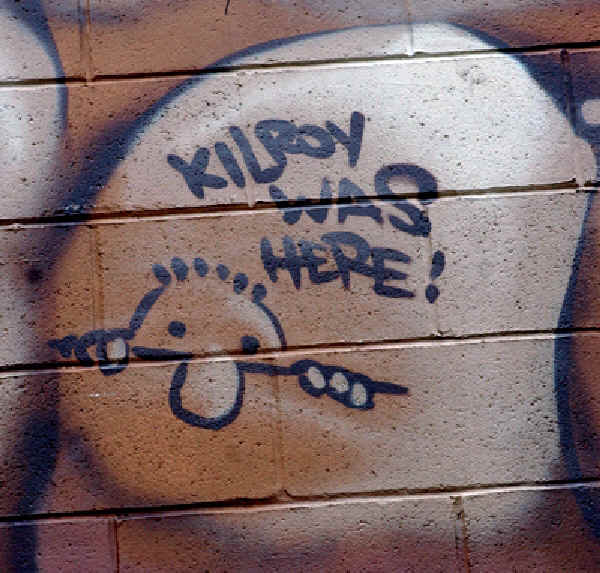
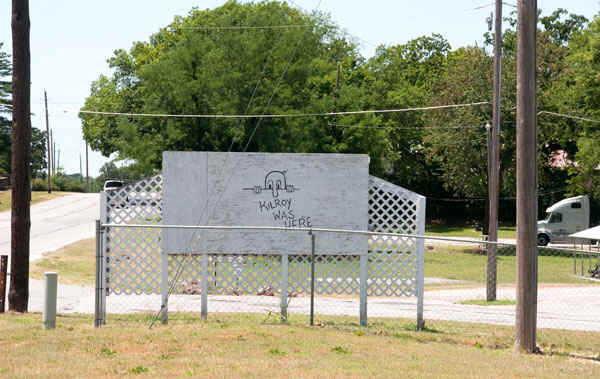
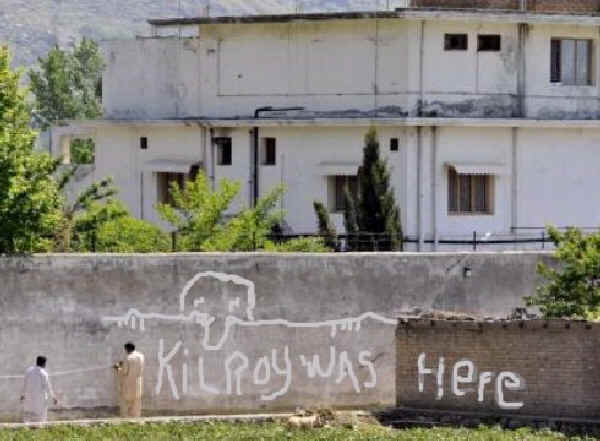
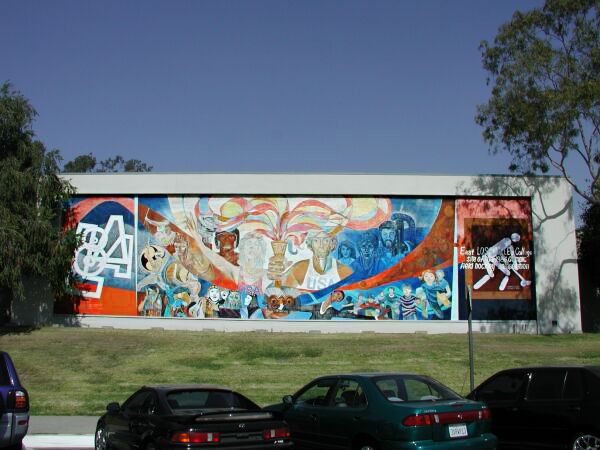
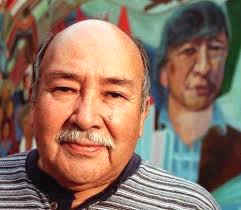
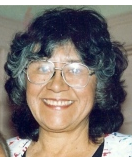
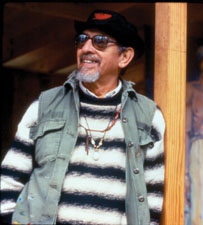

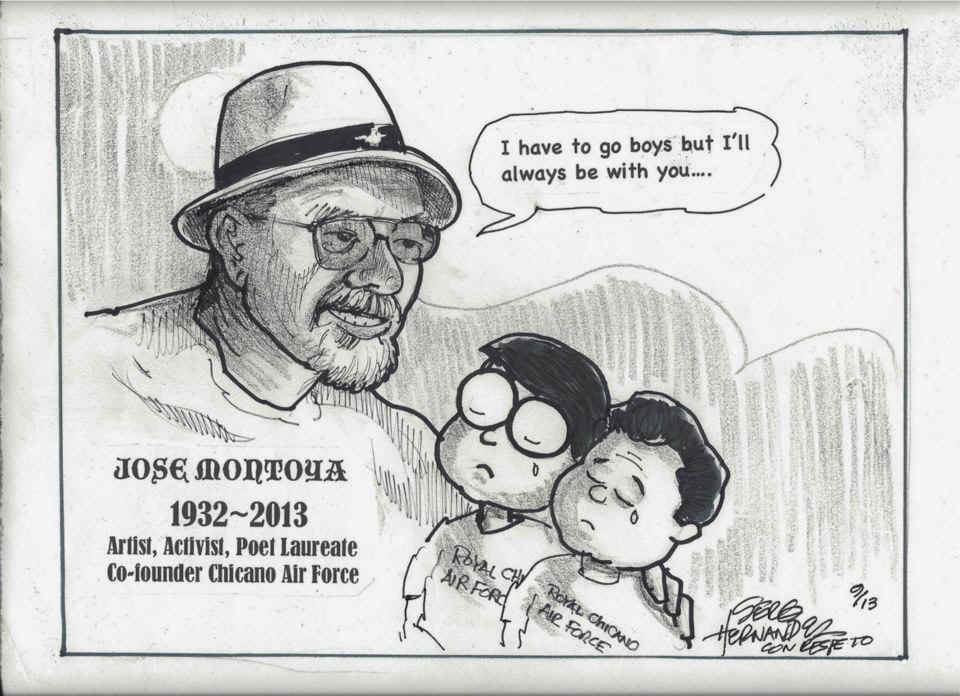

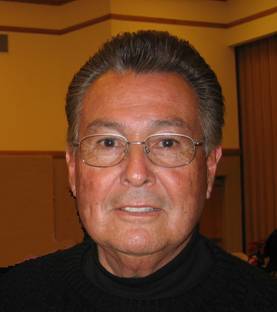

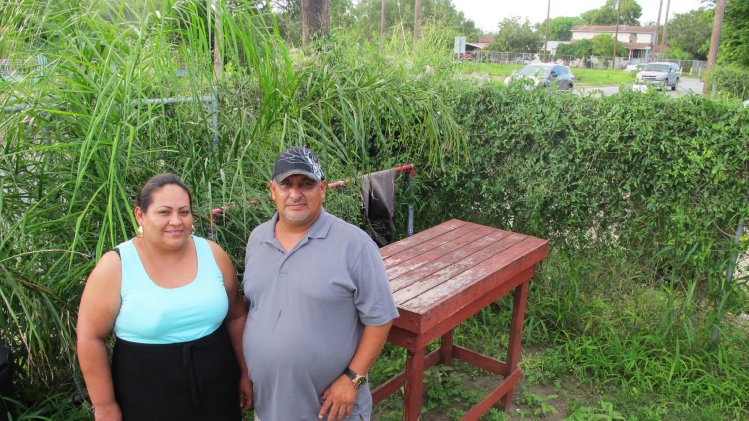
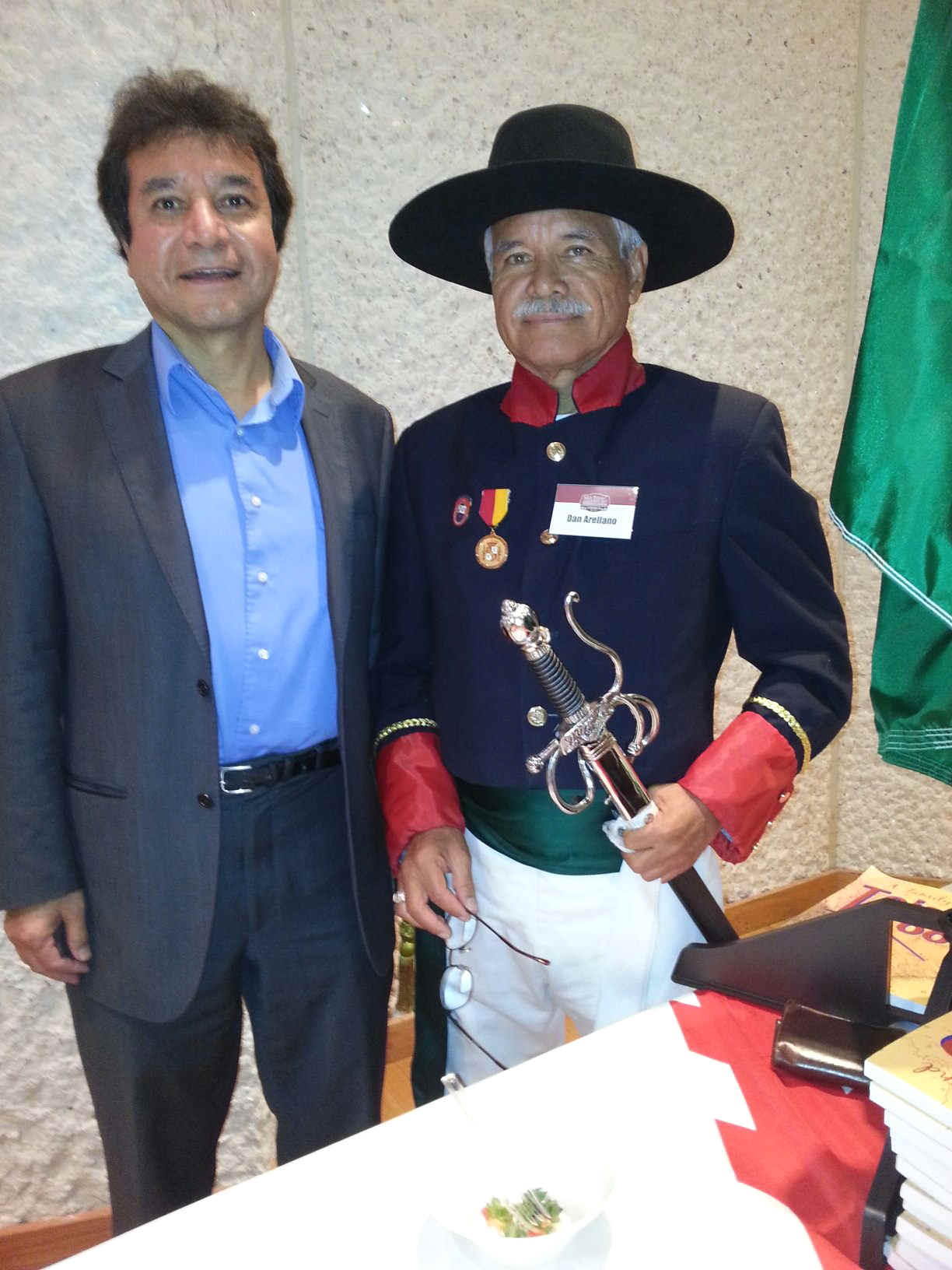
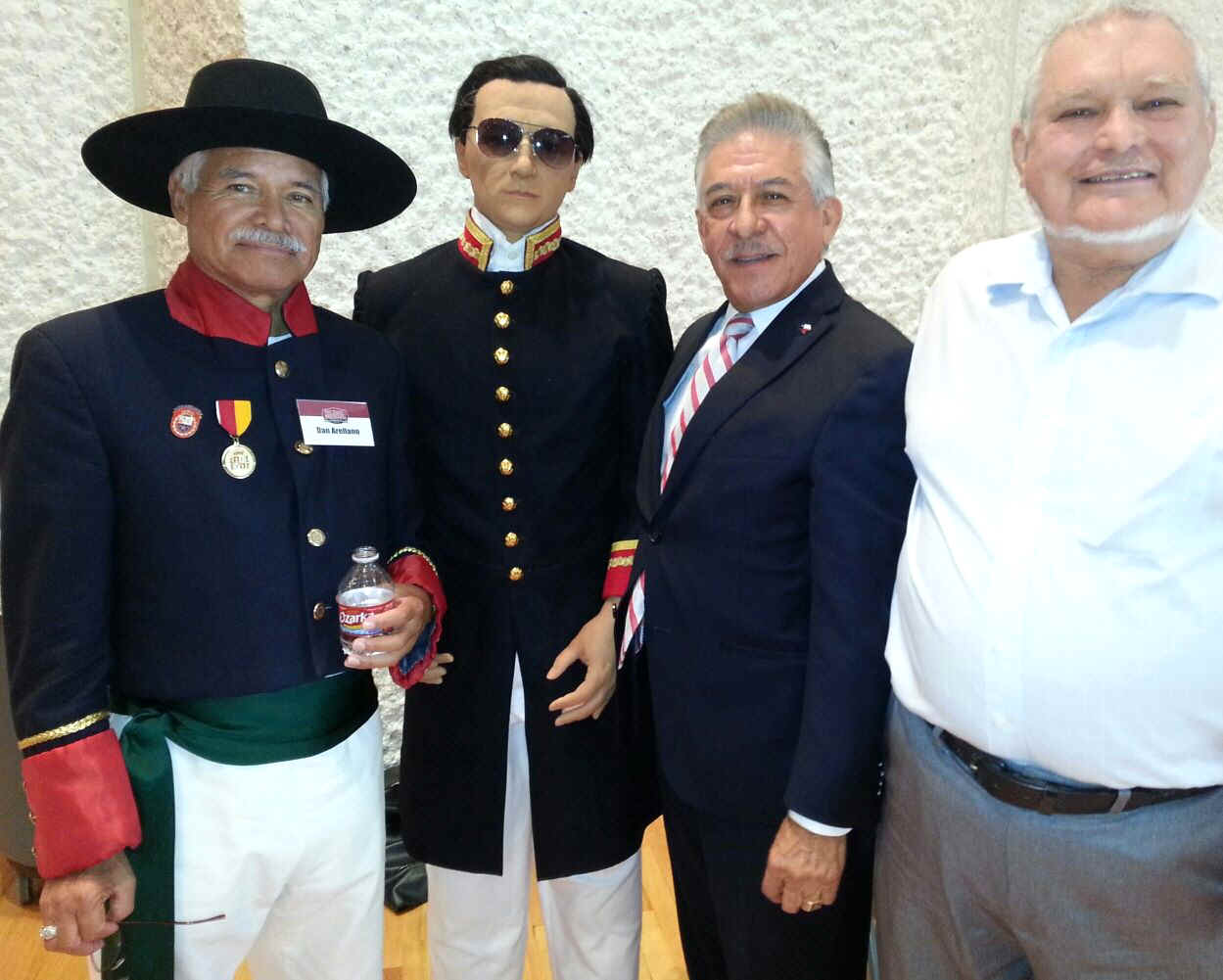

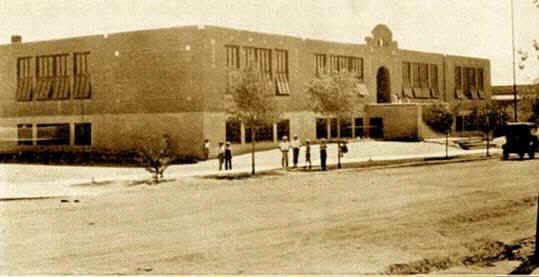
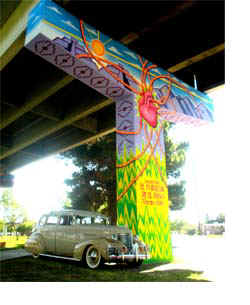
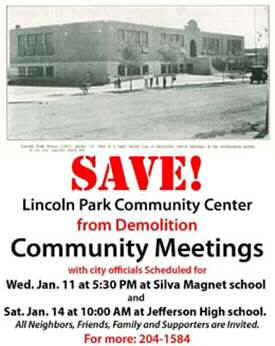
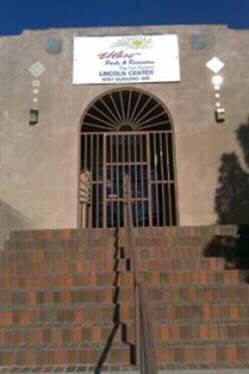

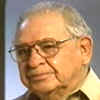 Sam
Dominguez
Sam
Dominguez  Joe
Dominguez
Joe
Dominguez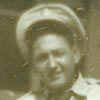 Jose
Mares
Jose
Mares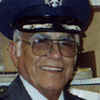 Alfonso
Perez
Alfonso
Perez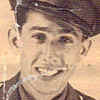 Charles
Rodriguez
Charles
Rodriguez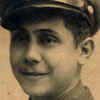 Jose
Sol
Jose
Sol
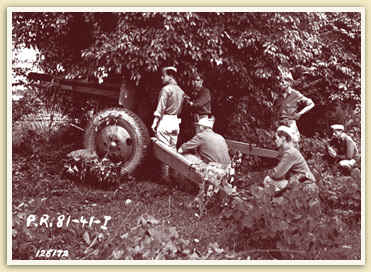





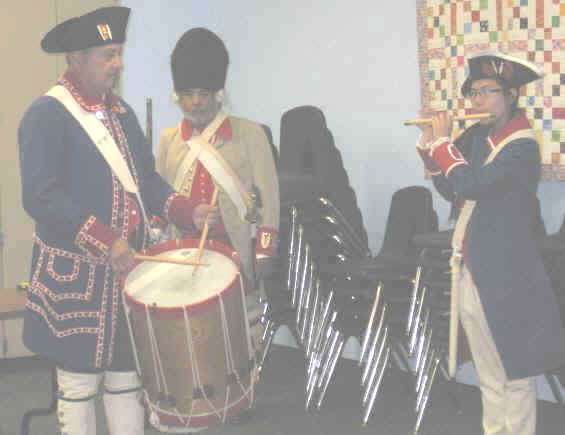
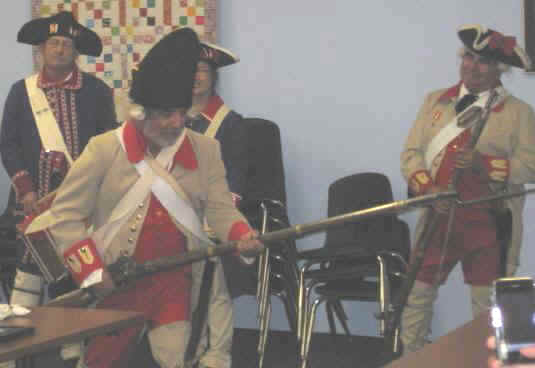
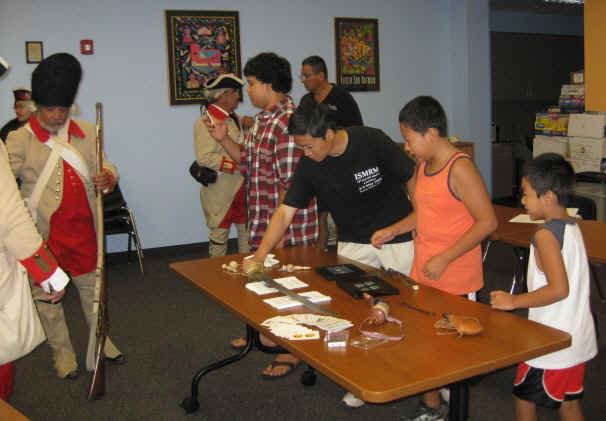
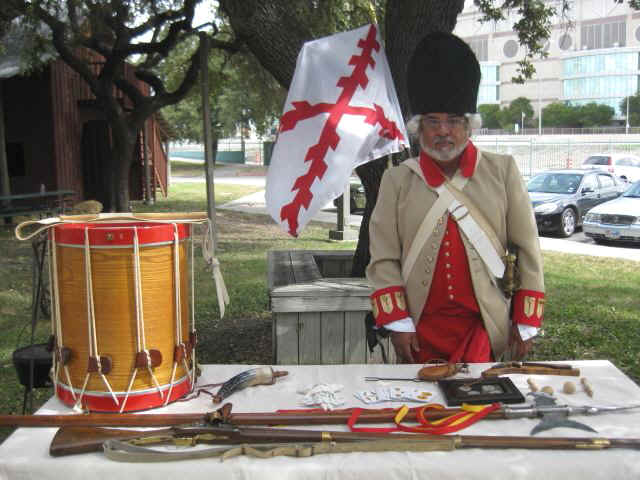
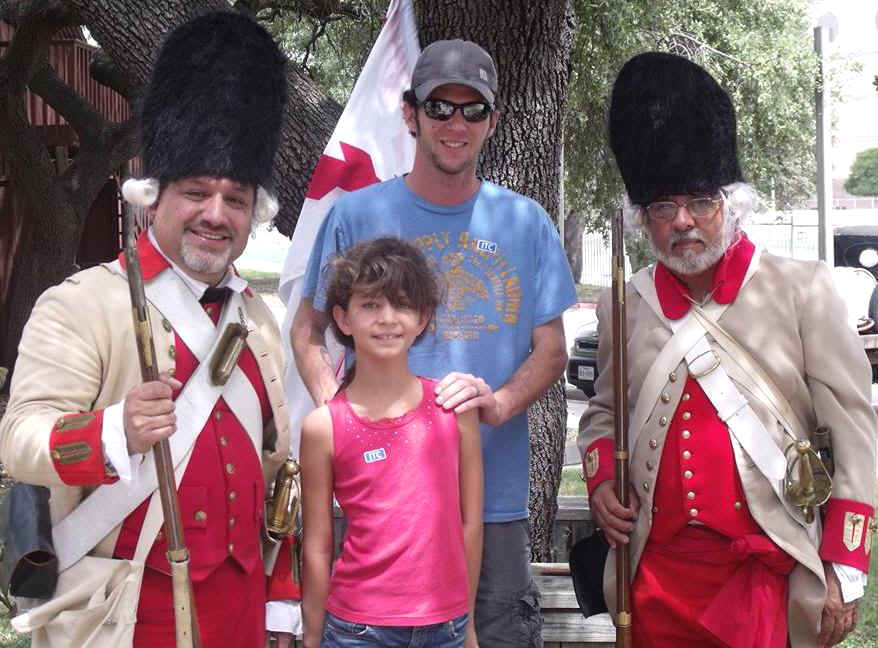
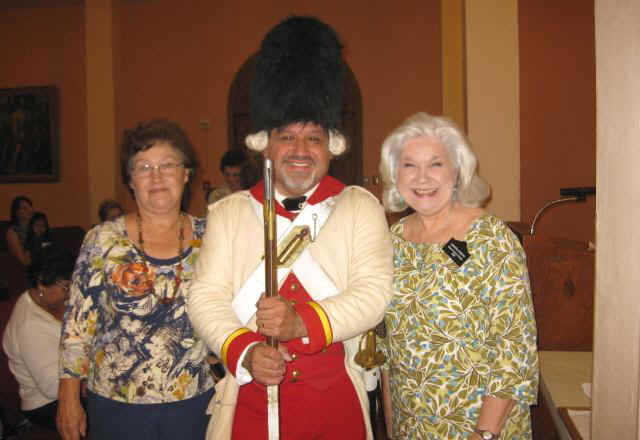

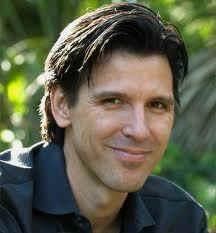
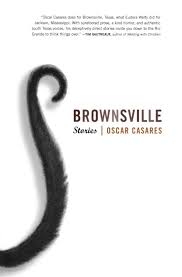
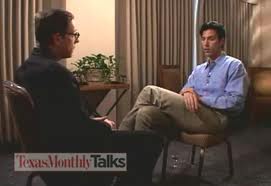


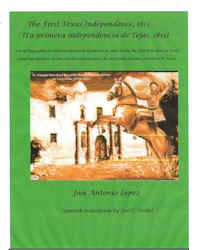
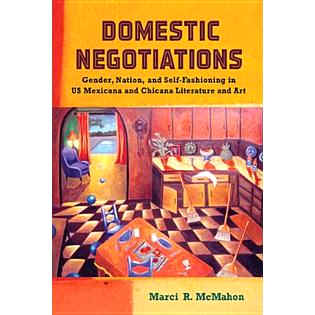
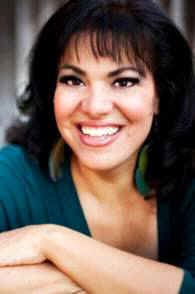
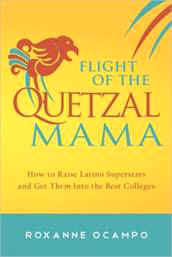
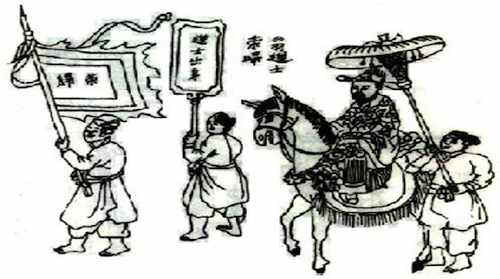
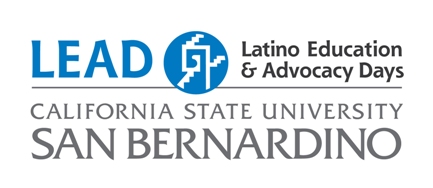
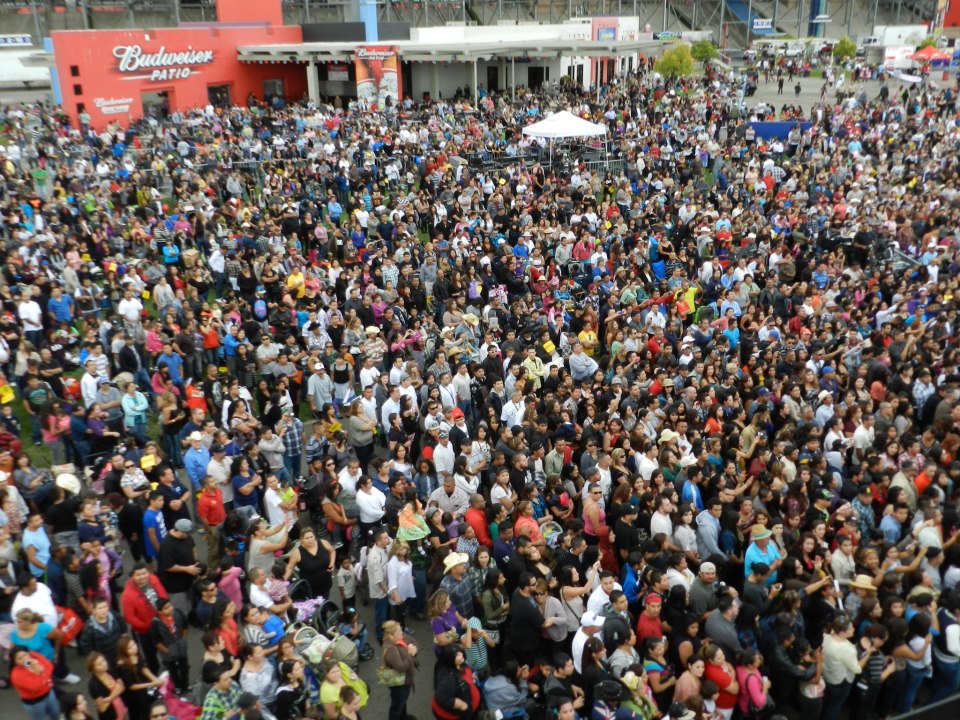
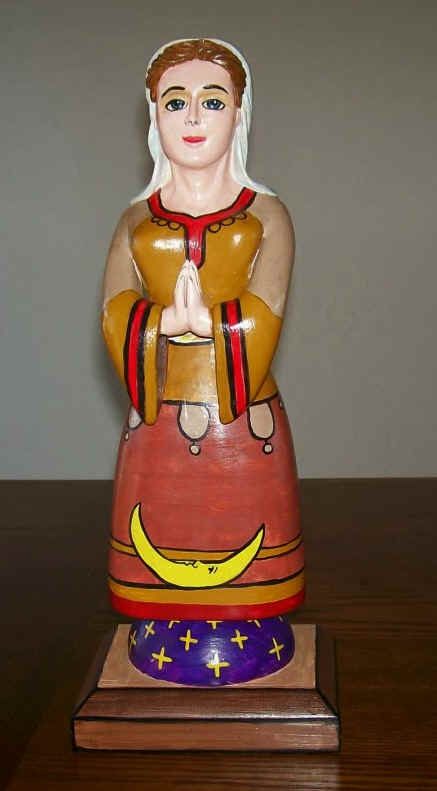
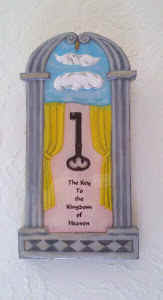
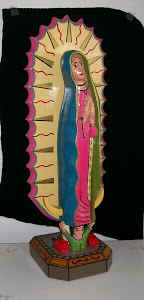
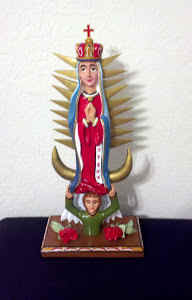

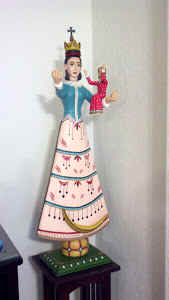
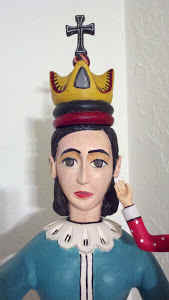
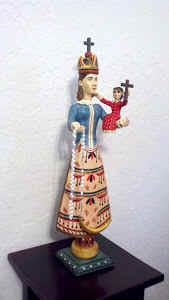
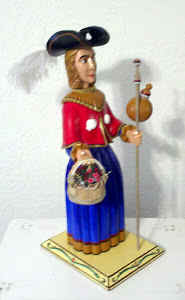
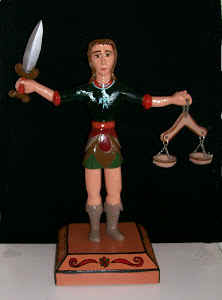

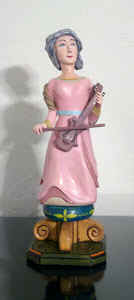
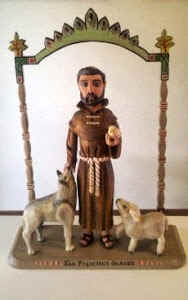
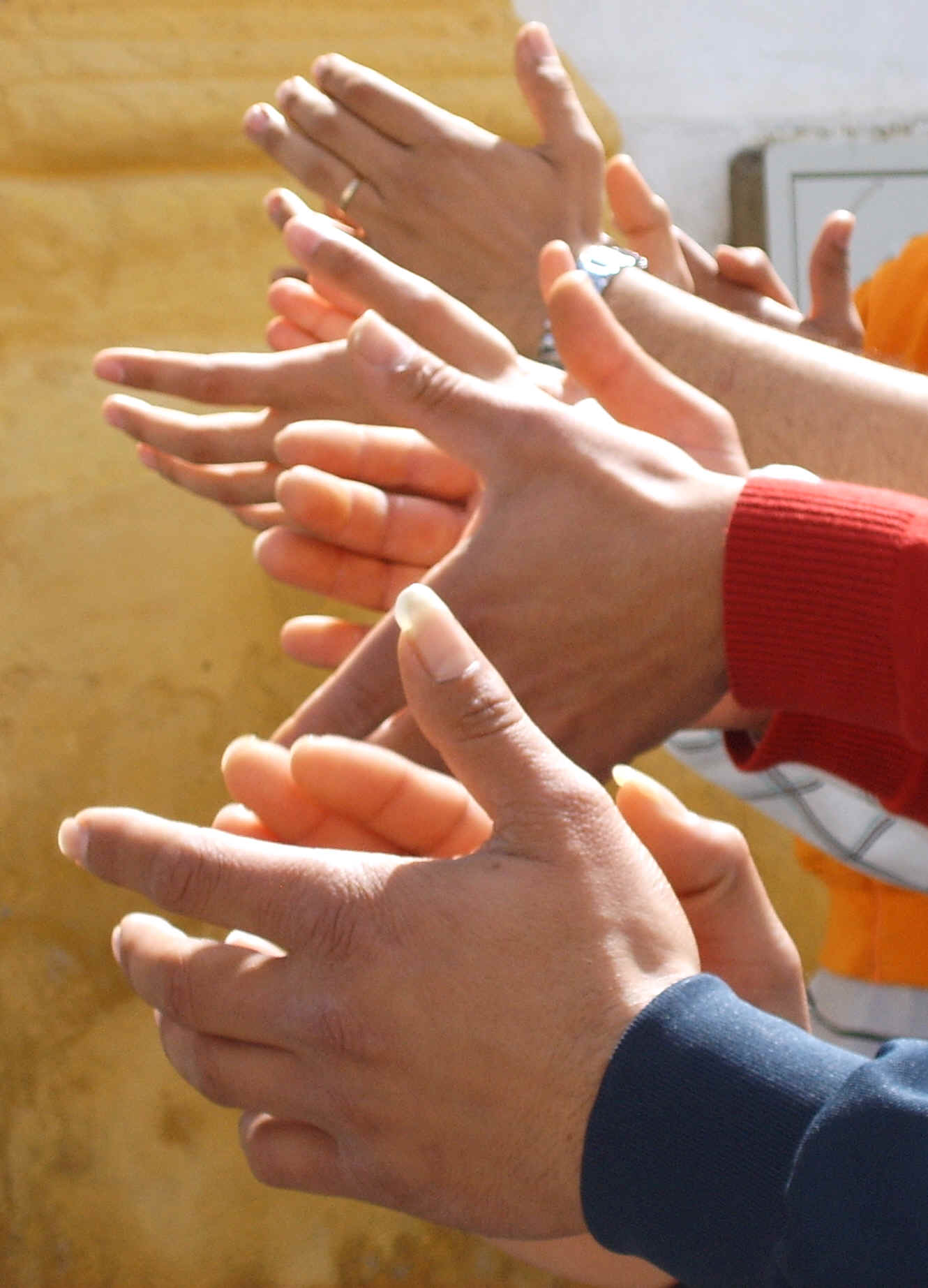
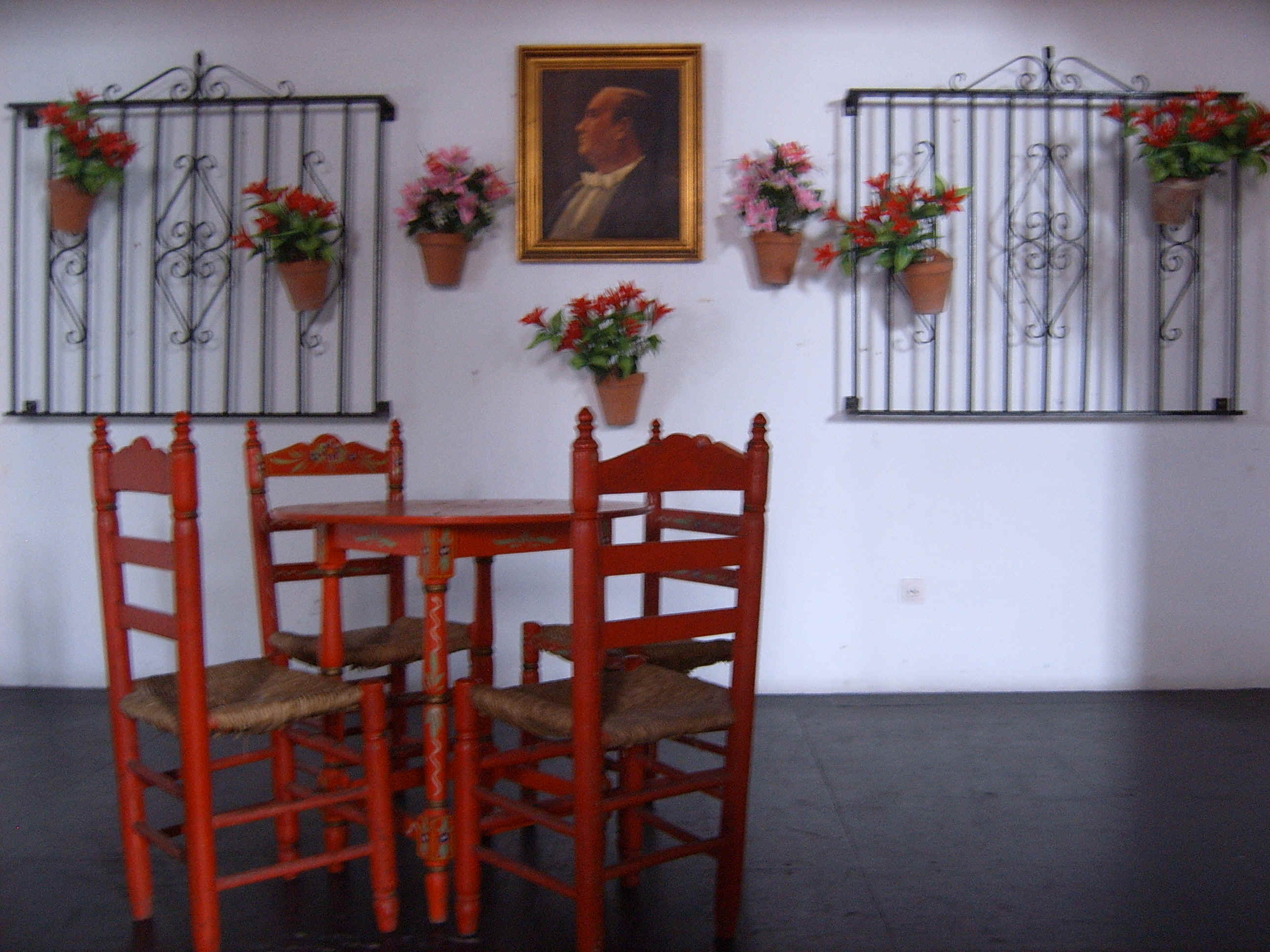
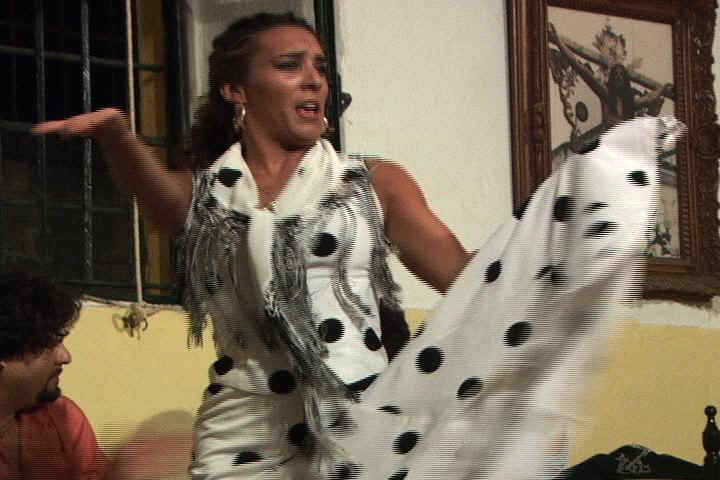
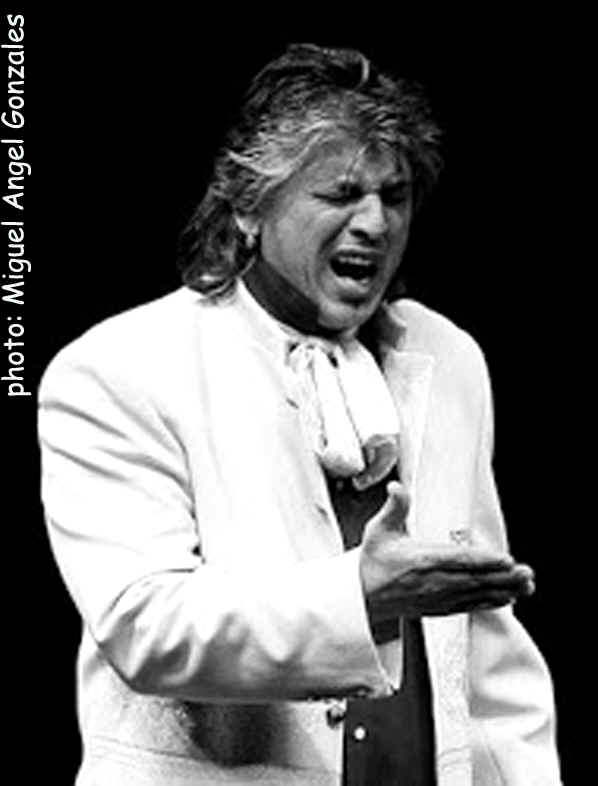
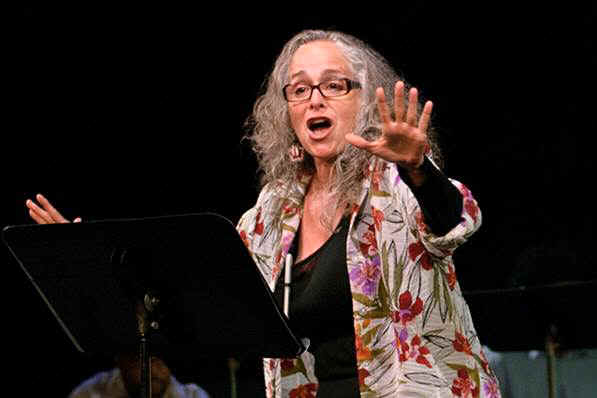






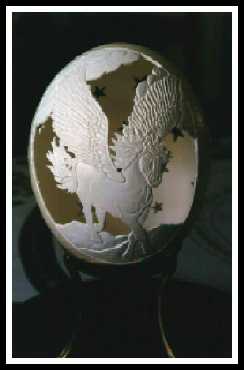
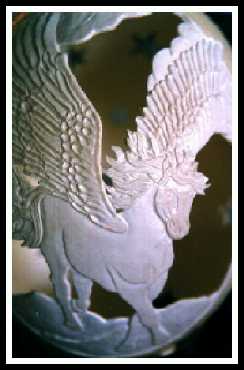
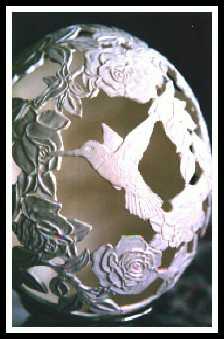
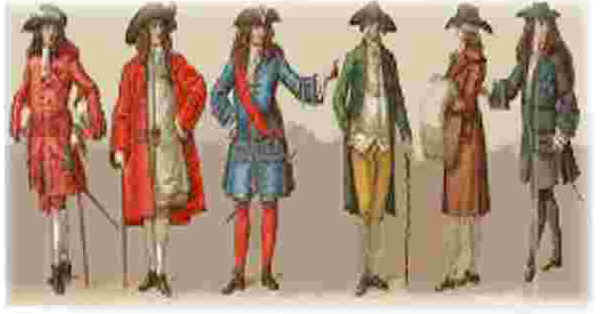
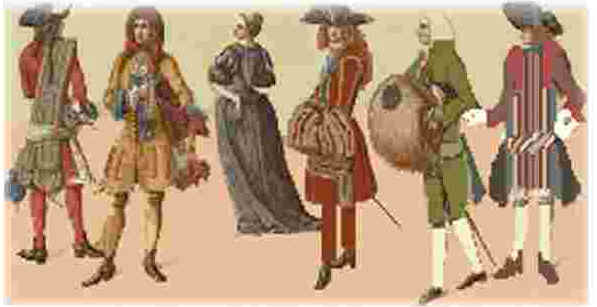
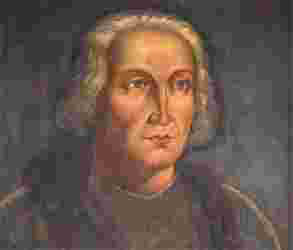
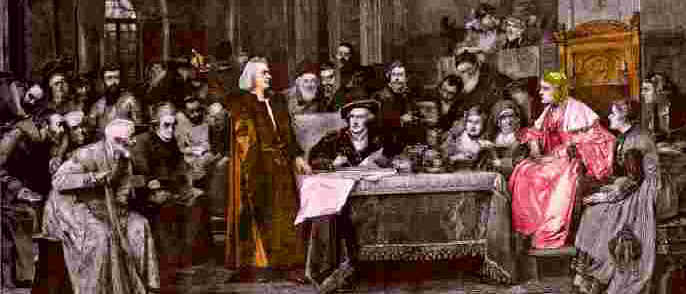
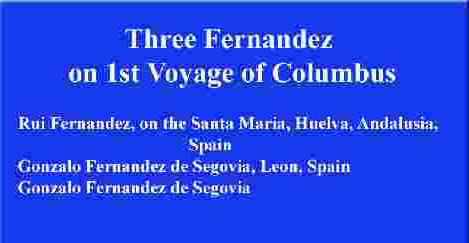

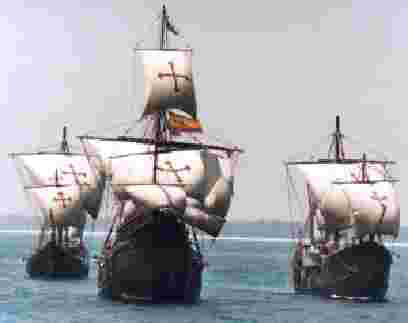
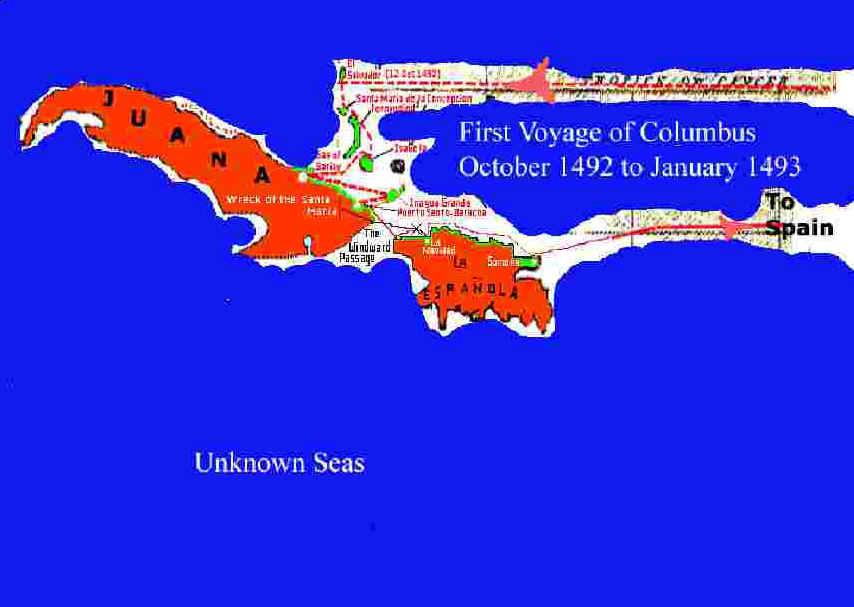
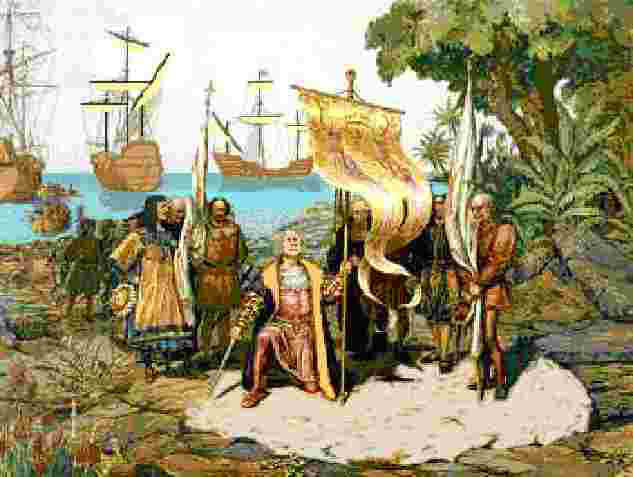
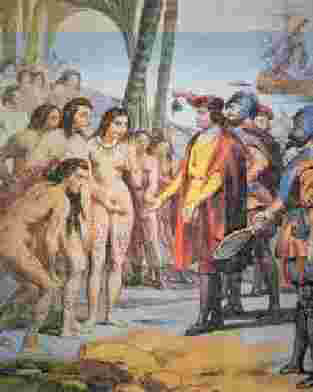
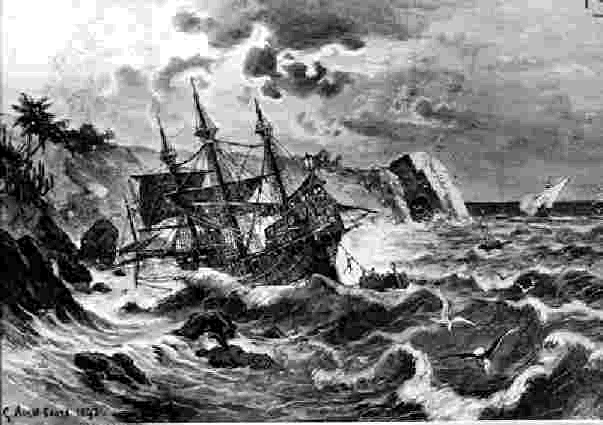
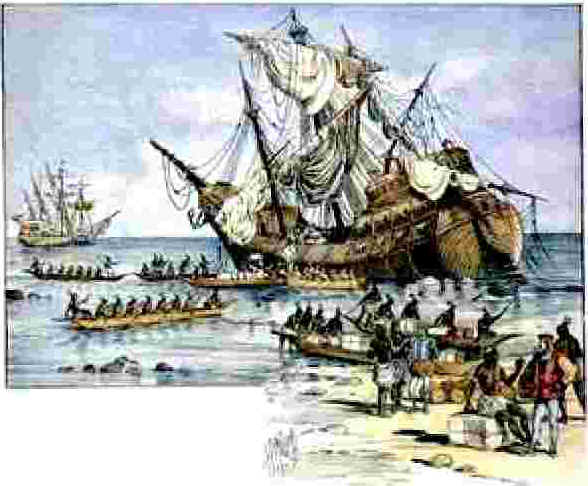
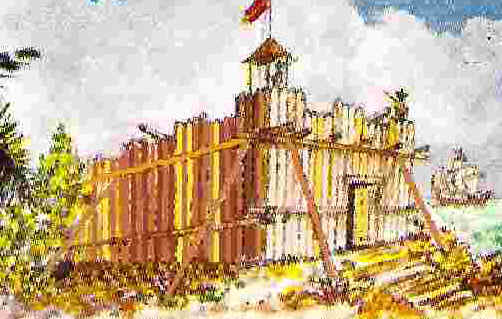 The
Santa Maria could not be repaired. Because all th paniards could not
return home on the smaller Pinta, Columbus had the Santa Maria
dismantled and the lumber used to construct a fort to protect forty
Spaniards, who had to stay behind. The fort was called La Navidad,
because it was built on 25 Dec 1492. It was built near Taino
settlements, not a good idea. The two Gonzalo Fernandez men were left
behind. And Columbus sailed back to Spain in early January 1493. Along
the way back near the islands, he encountered onso Pinzon, who was
very apologetic, and showed Columbus a few pieces of gold he had found
on some of the islands he had explored. They sailed to Spain with
Columbus planning to take Pinzon to court for his mutiny. They got
separated because of very violent storms at sea and arrived at
different places in Spain. Pinzon died almost immediately after
arriving in Spain.
The
Santa Maria could not be repaired. Because all th paniards could not
return home on the smaller Pinta, Columbus had the Santa Maria
dismantled and the lumber used to construct a fort to protect forty
Spaniards, who had to stay behind. The fort was called La Navidad,
because it was built on 25 Dec 1492. It was built near Taino
settlements, not a good idea. The two Gonzalo Fernandez men were left
behind. And Columbus sailed back to Spain in early January 1493. Along
the way back near the islands, he encountered onso Pinzon, who was
very apologetic, and showed Columbus a few pieces of gold he had found
on some of the islands he had explored. They sailed to Spain with
Columbus planning to take Pinzon to court for his mutiny. They got
separated because of very violent storms at sea and arrived at
different places in Spain. Pinzon died almost immediately after
arriving in Spain. 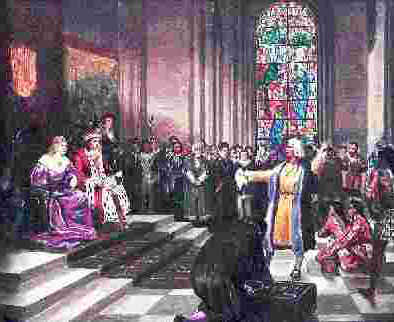
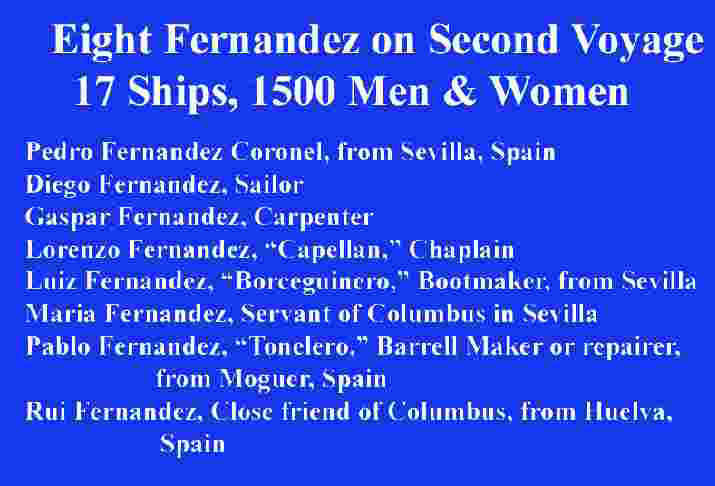
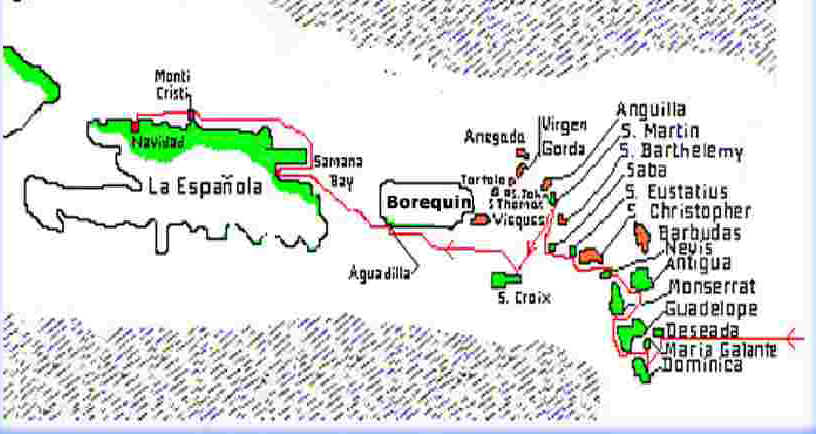
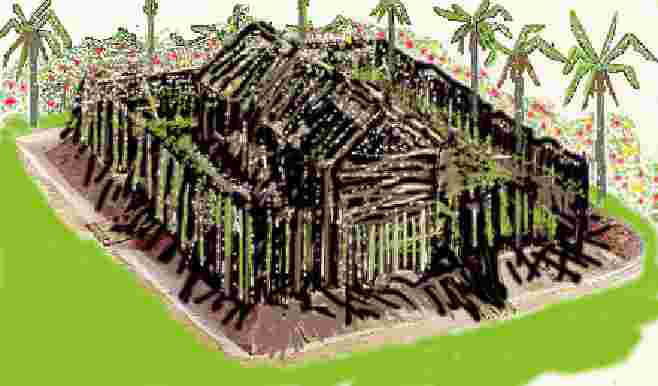 Columbus
sailed from the south, north, northwest, and found many more islands
along the way to La Navidad, and he named them all. He found
cannibals, called Caribs, and the remains of human parts, cooked or
ready to be ooked. It appears that Columbus was very excited about his
discoveries b se his ships sailed west and found some islands, then
northwest and found some more; then north, then northeast, northwest,
and west, then north again, than south, and finally west again. He
discovered about 10 more islands.
Columbus
sailed from the south, north, northwest, and found many more islands
along the way to La Navidad, and he named them all. He found
cannibals, called Caribs, and the remains of human parts, cooked or
ready to be ooked. It appears that Columbus was very excited about his
discoveries b se his ships sailed west and found some islands, then
northwest and found some more; then north, then northeast, northwest,
and west, then north again, than south, and finally west again. He
discovered about 10 more islands.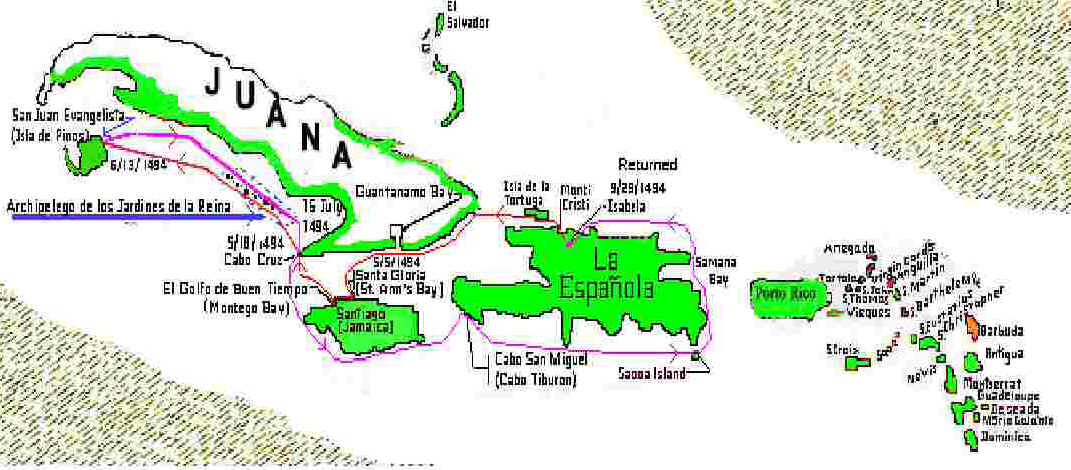
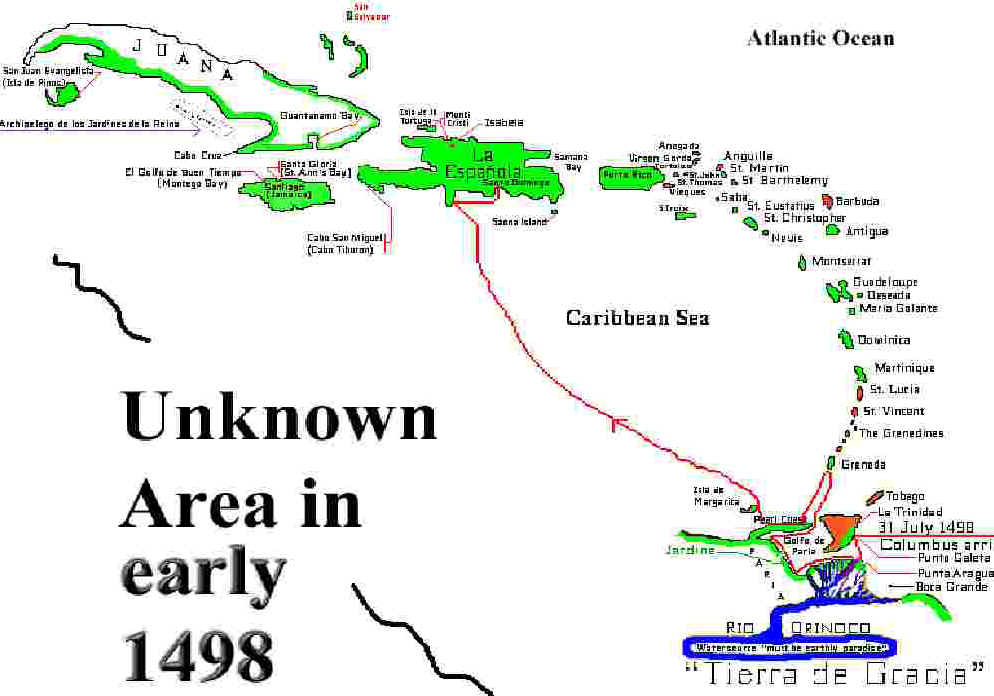
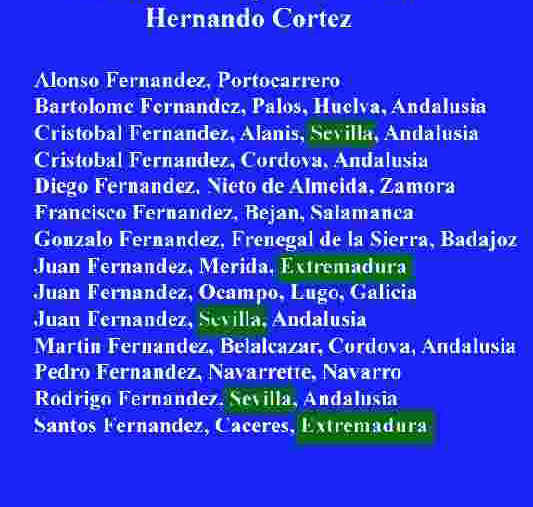
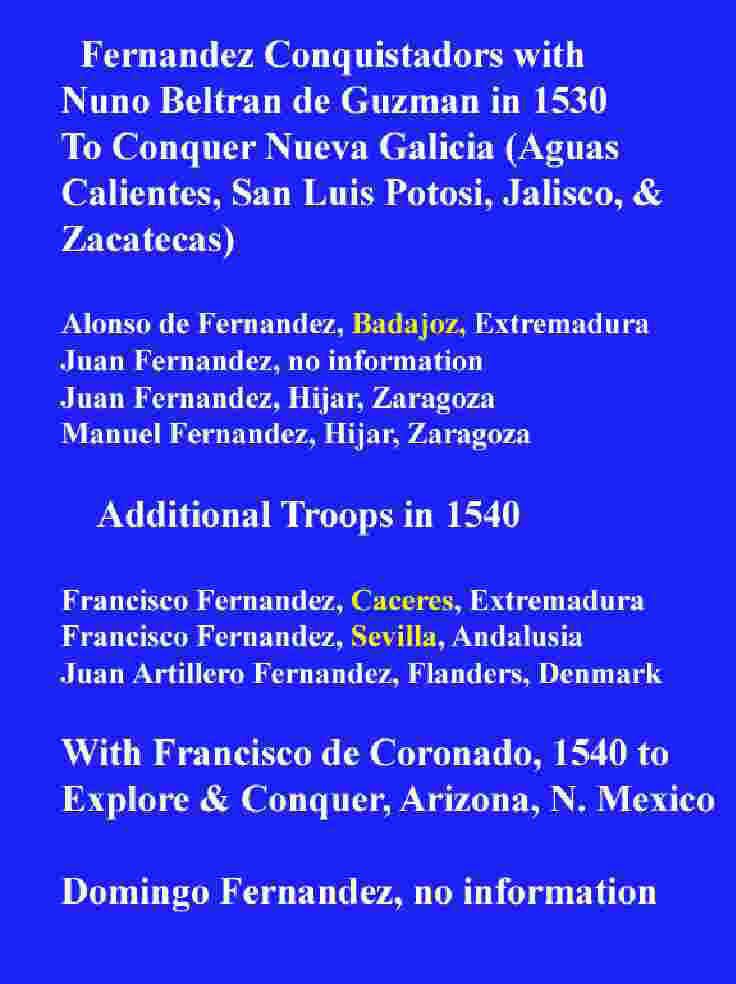
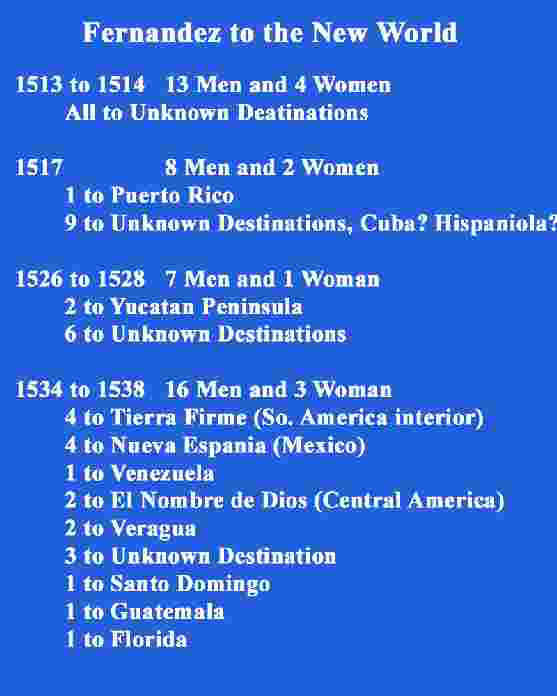
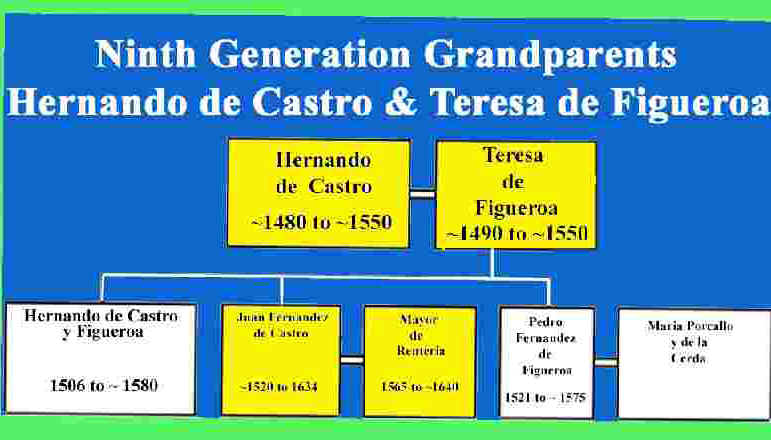



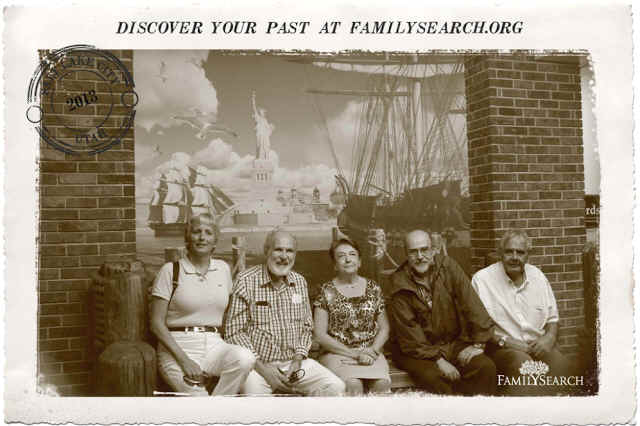

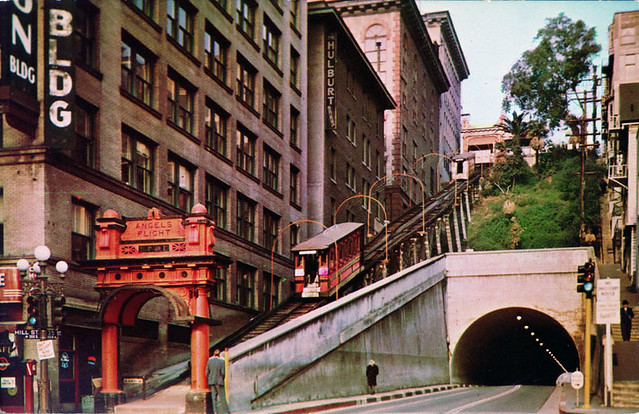
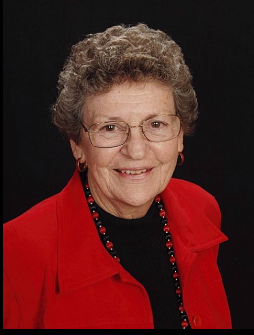
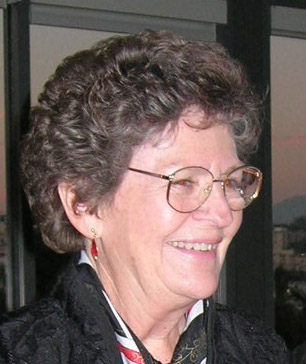
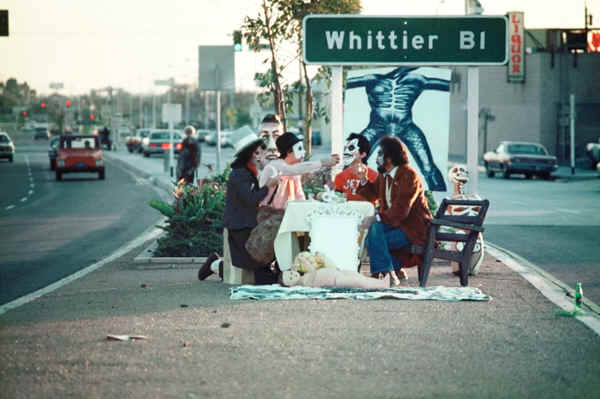
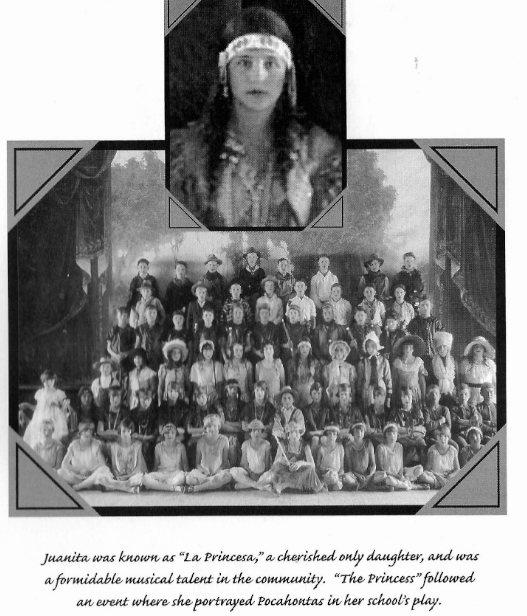
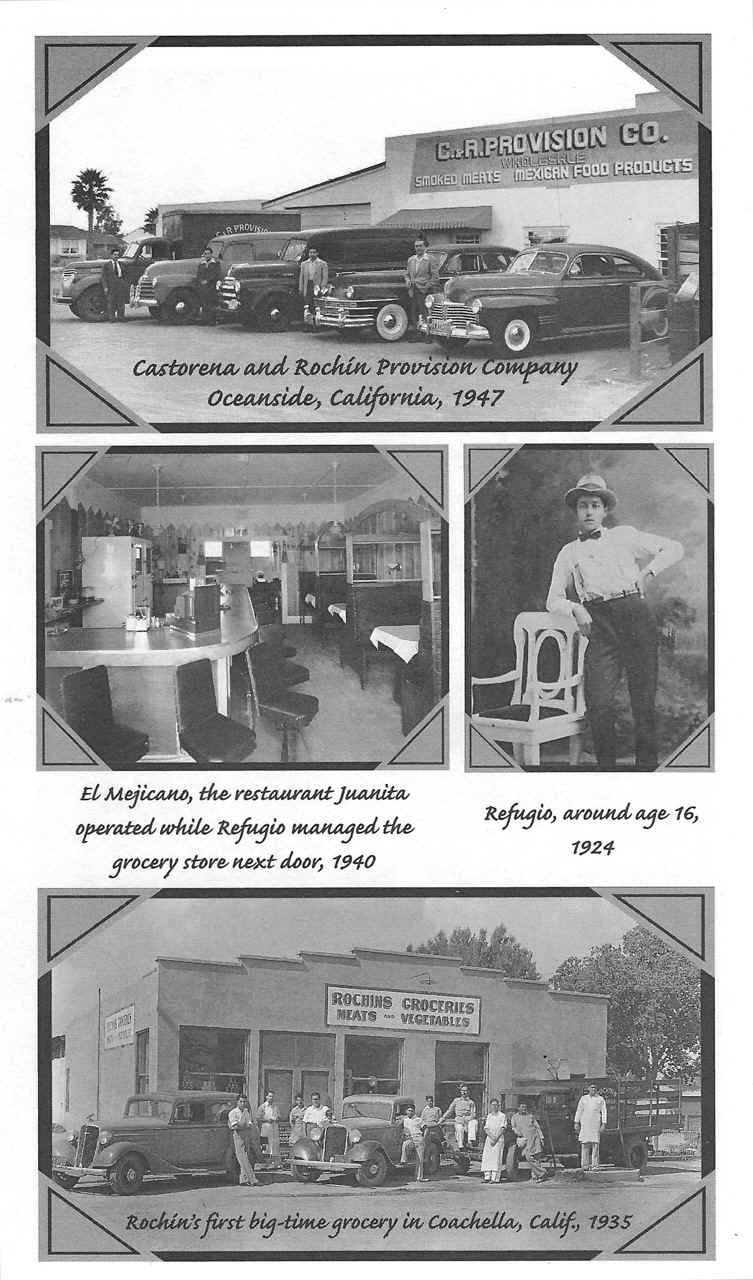
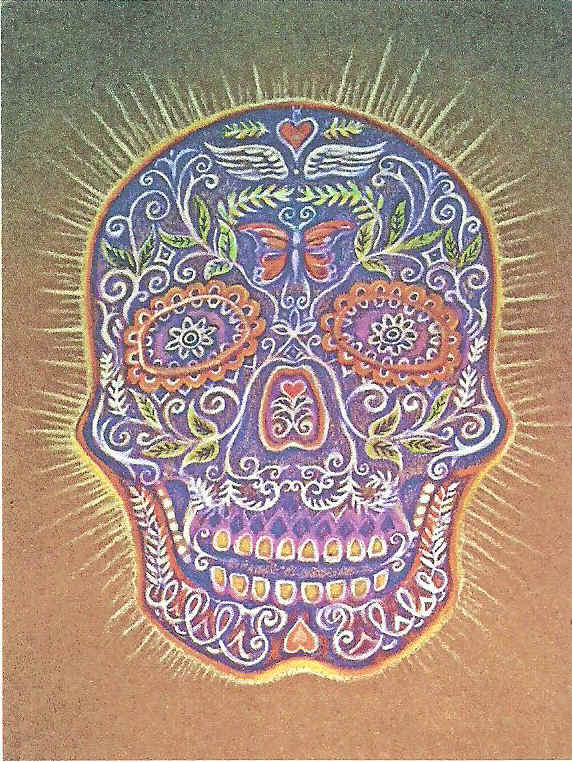
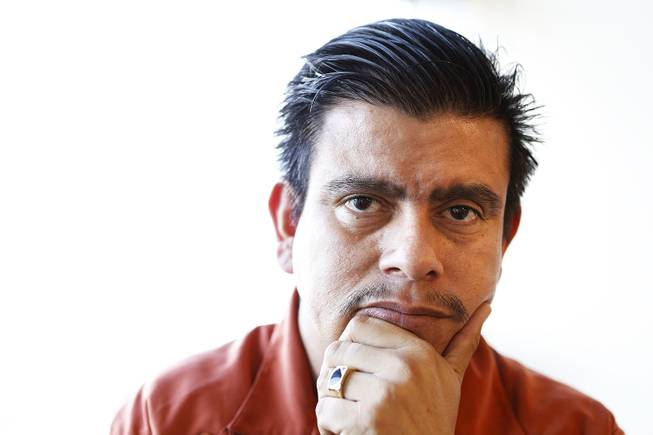
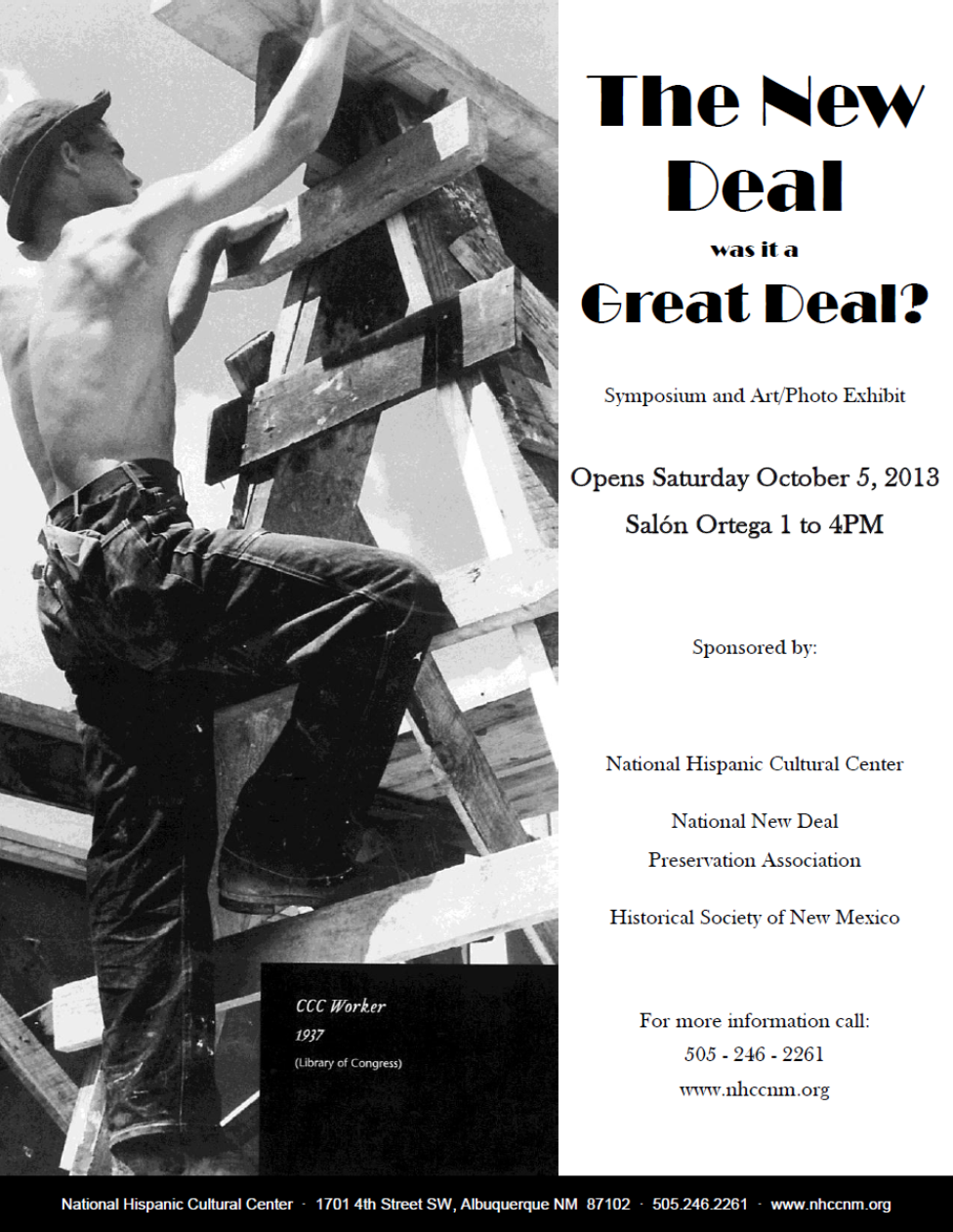

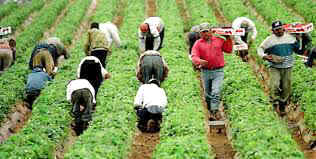
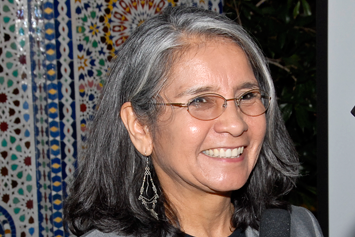
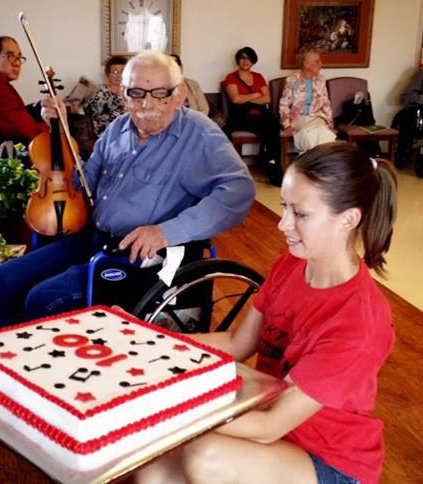
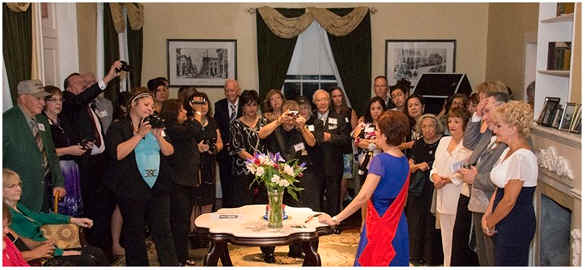
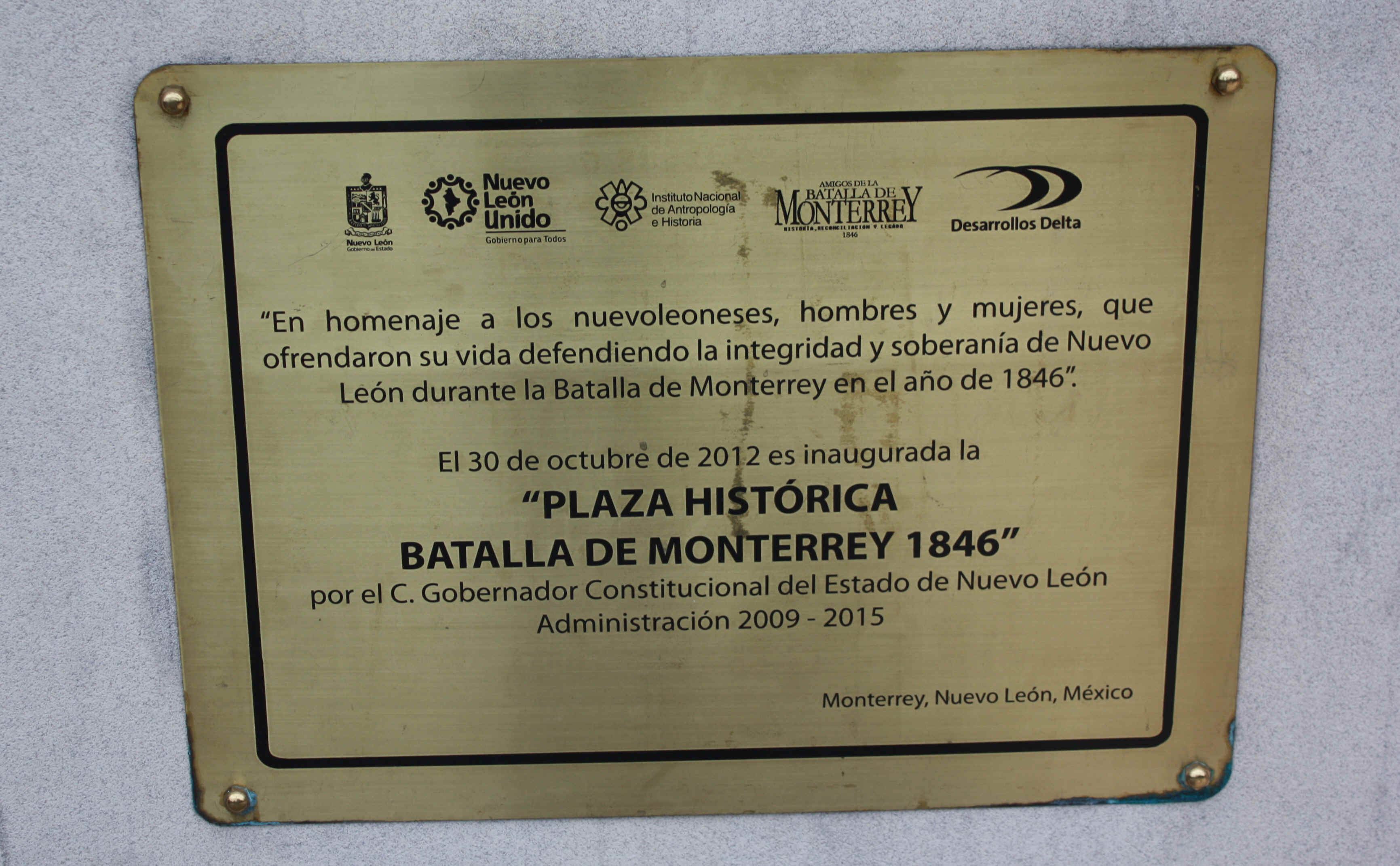
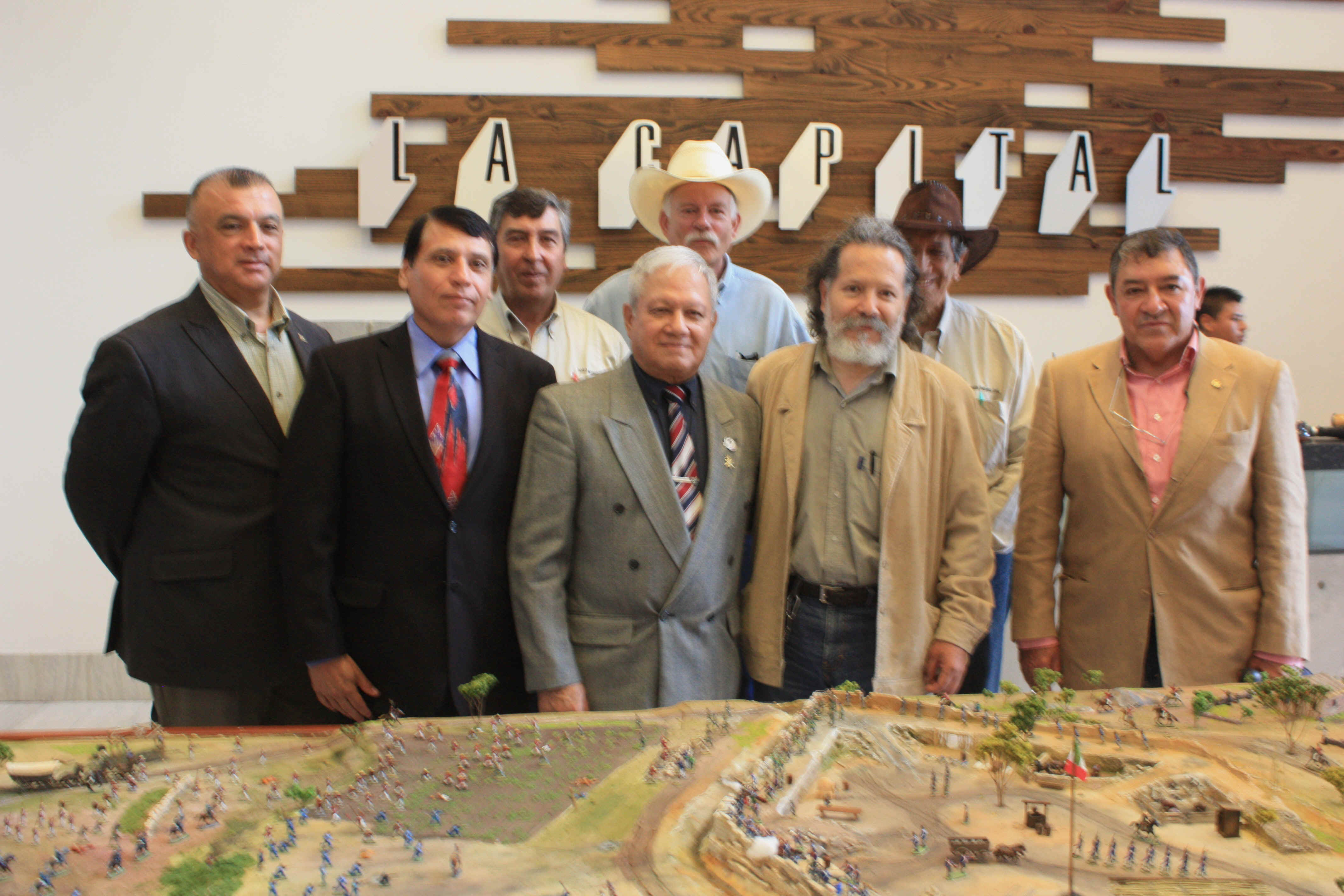
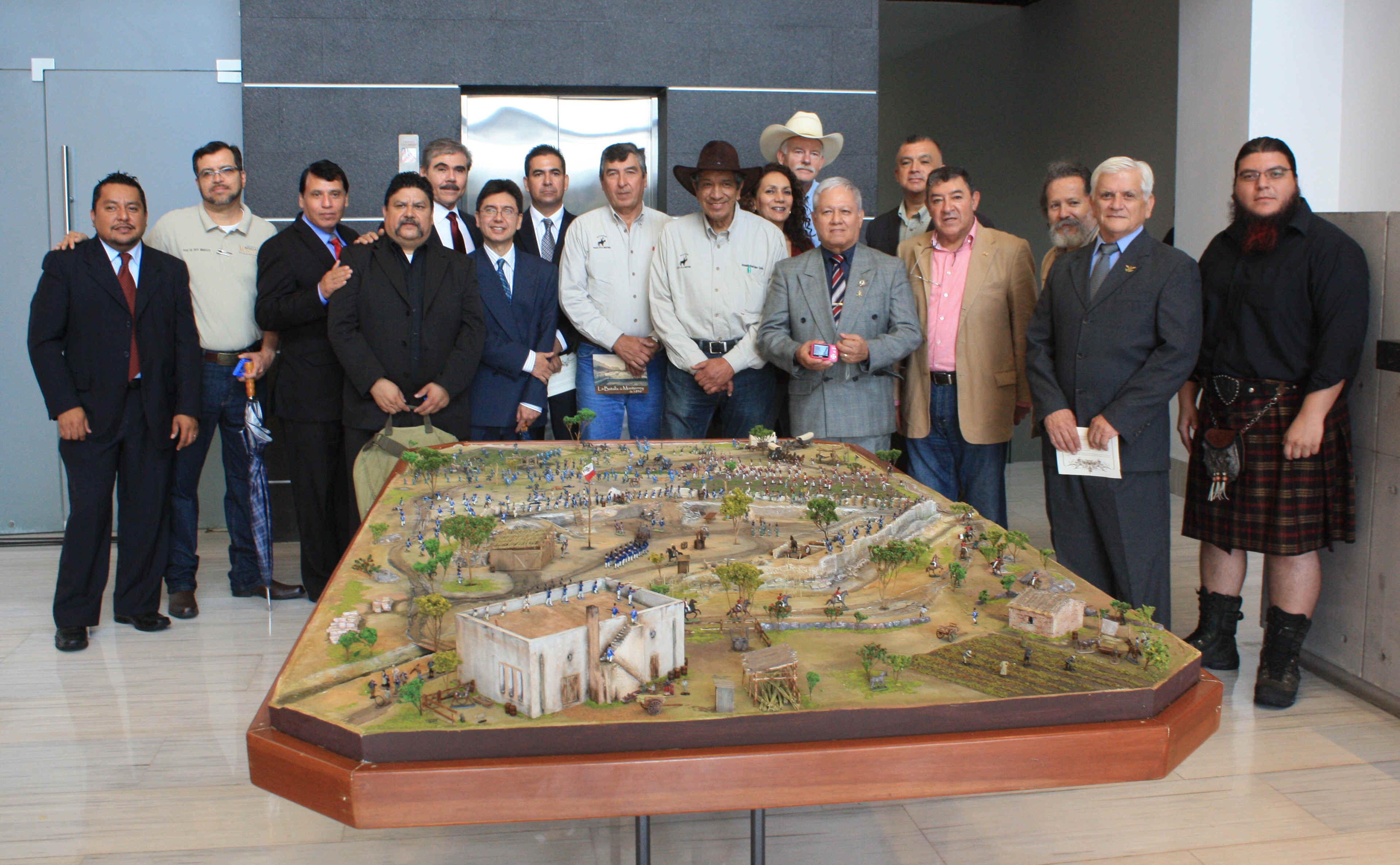
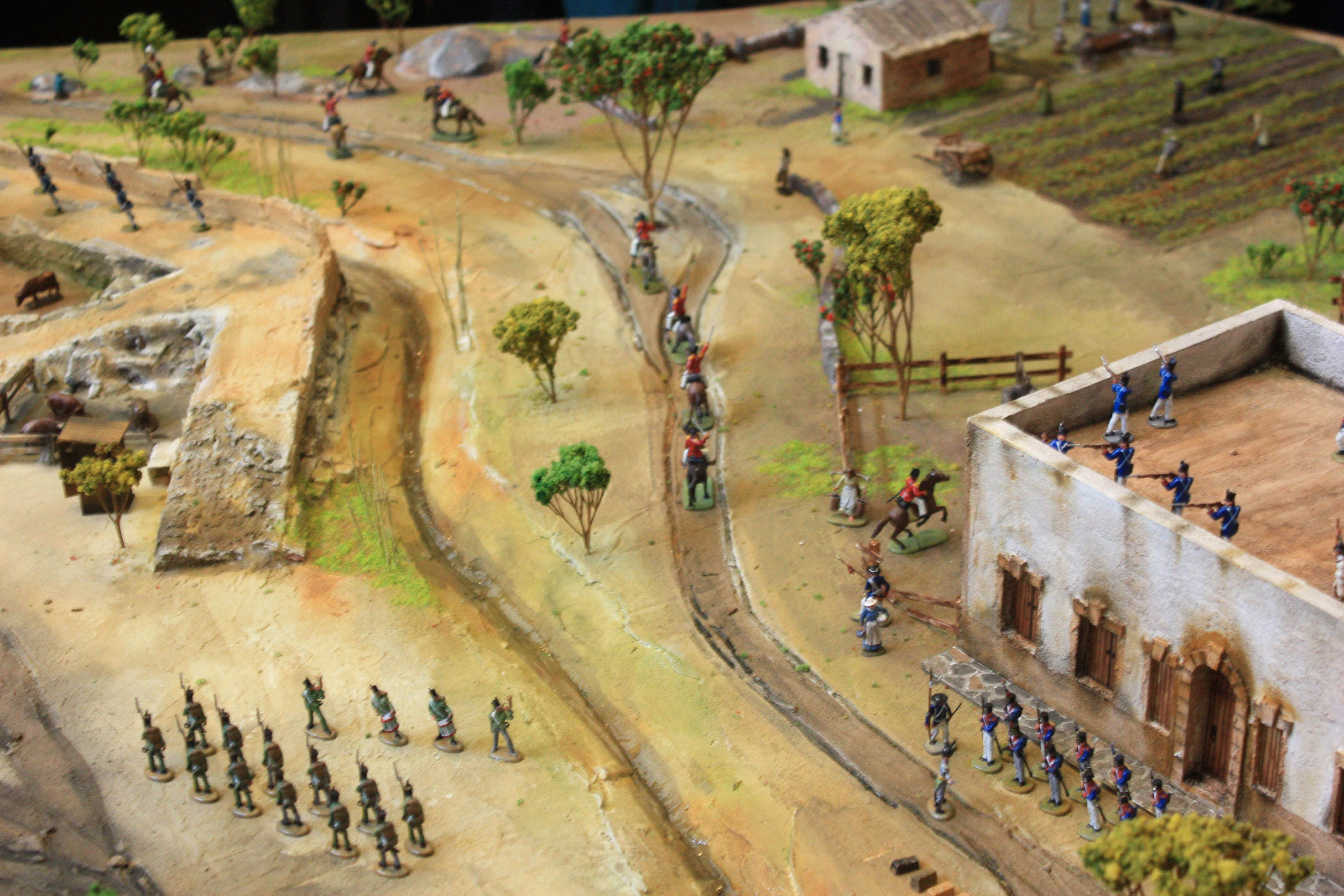
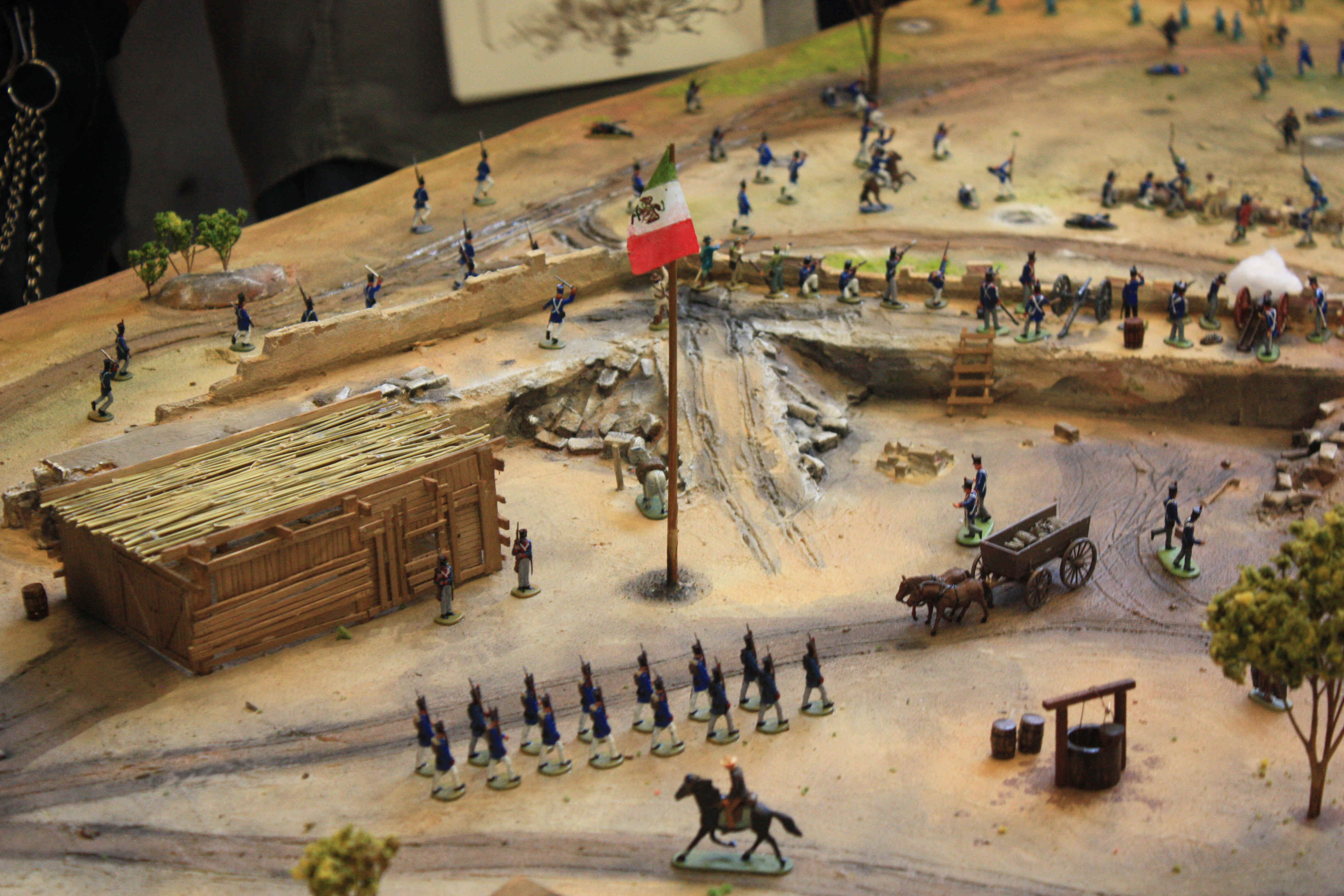
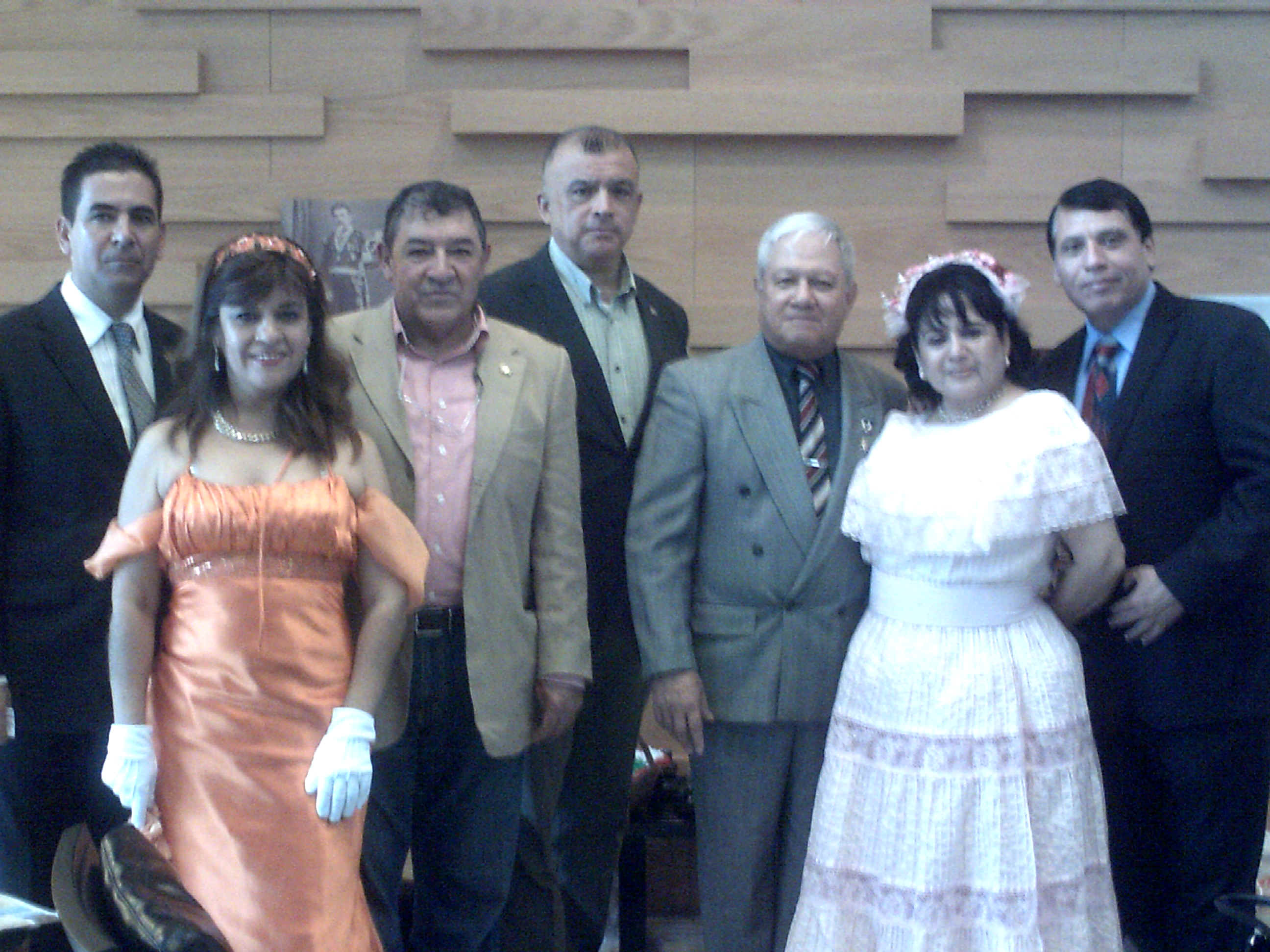
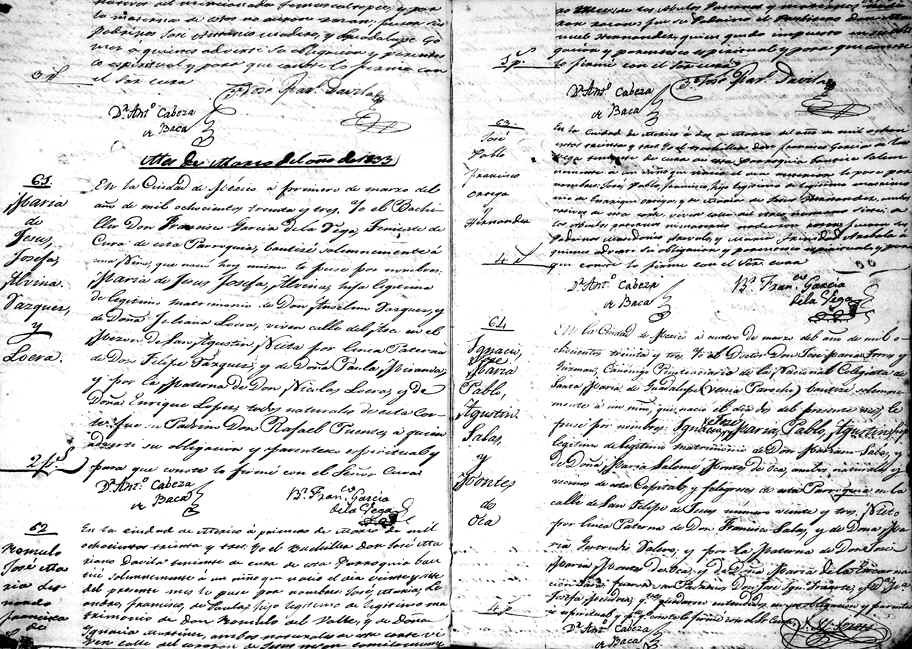
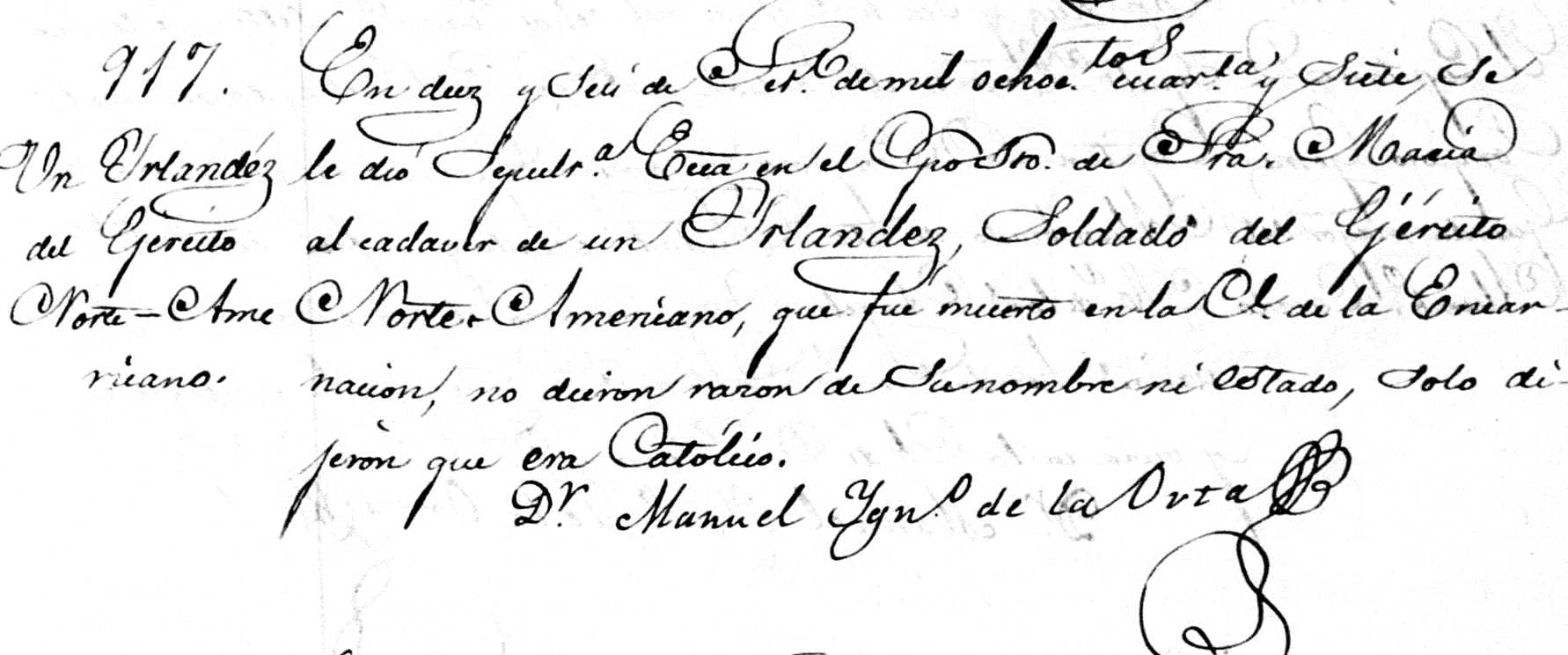
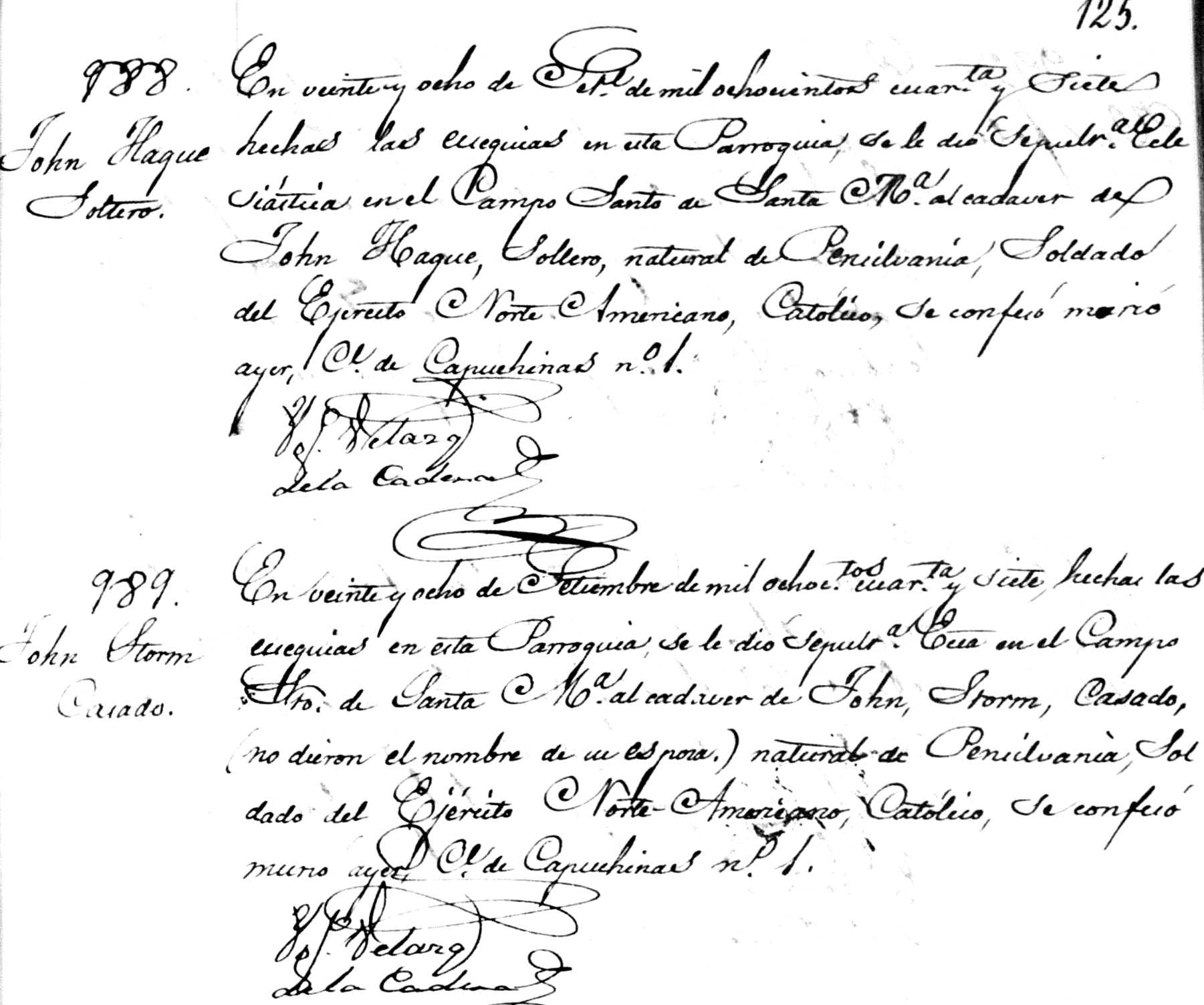
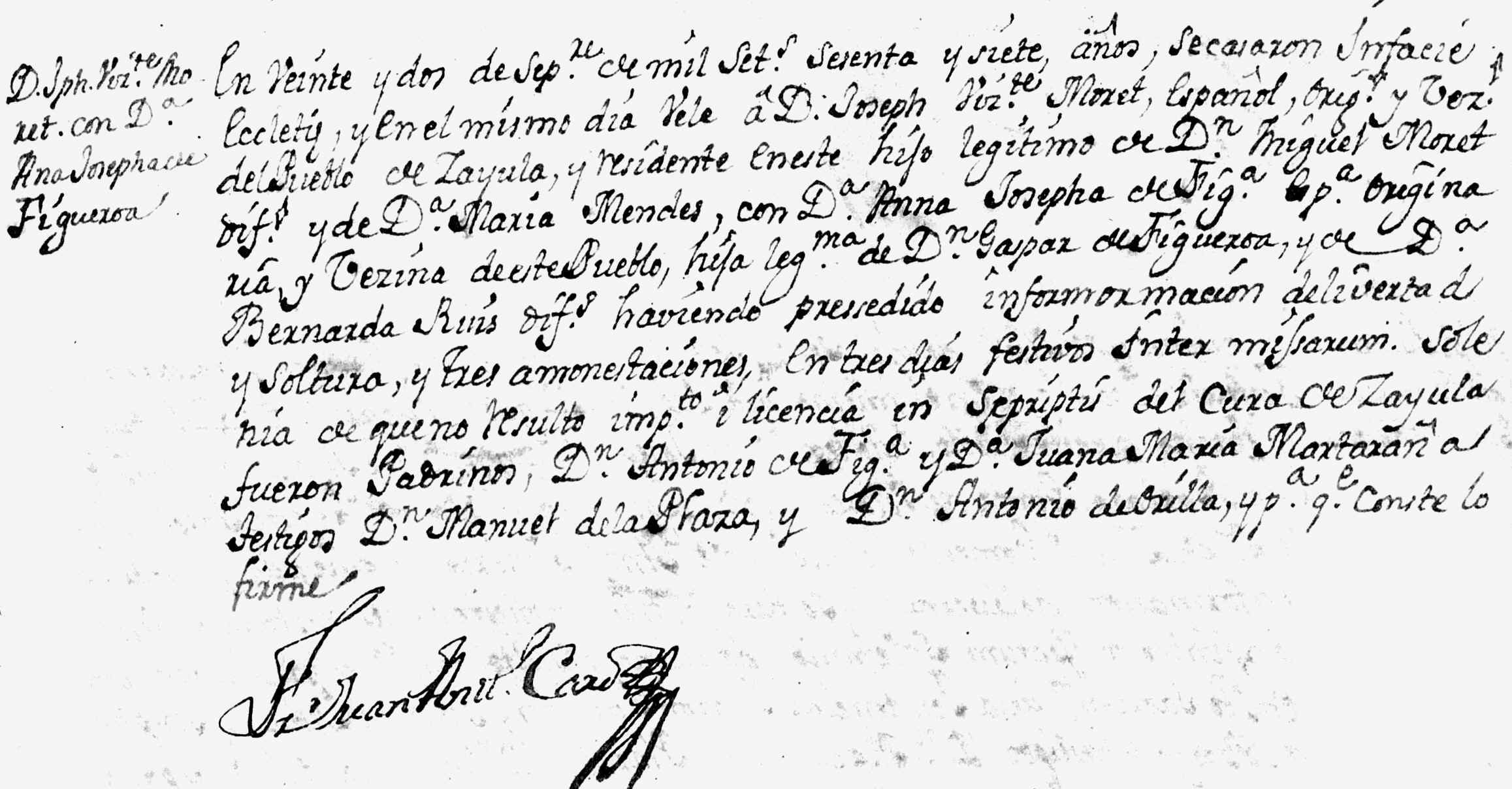
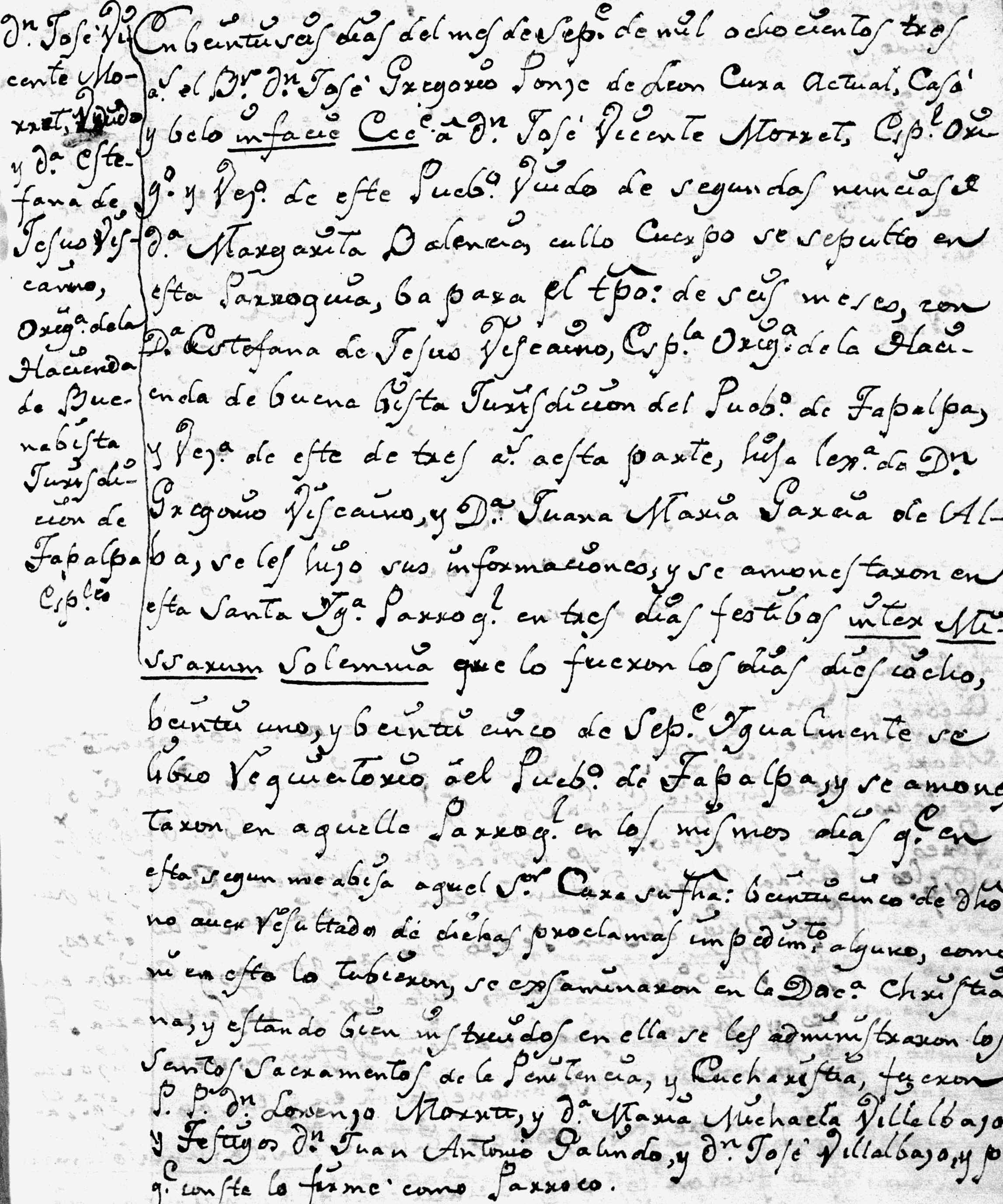
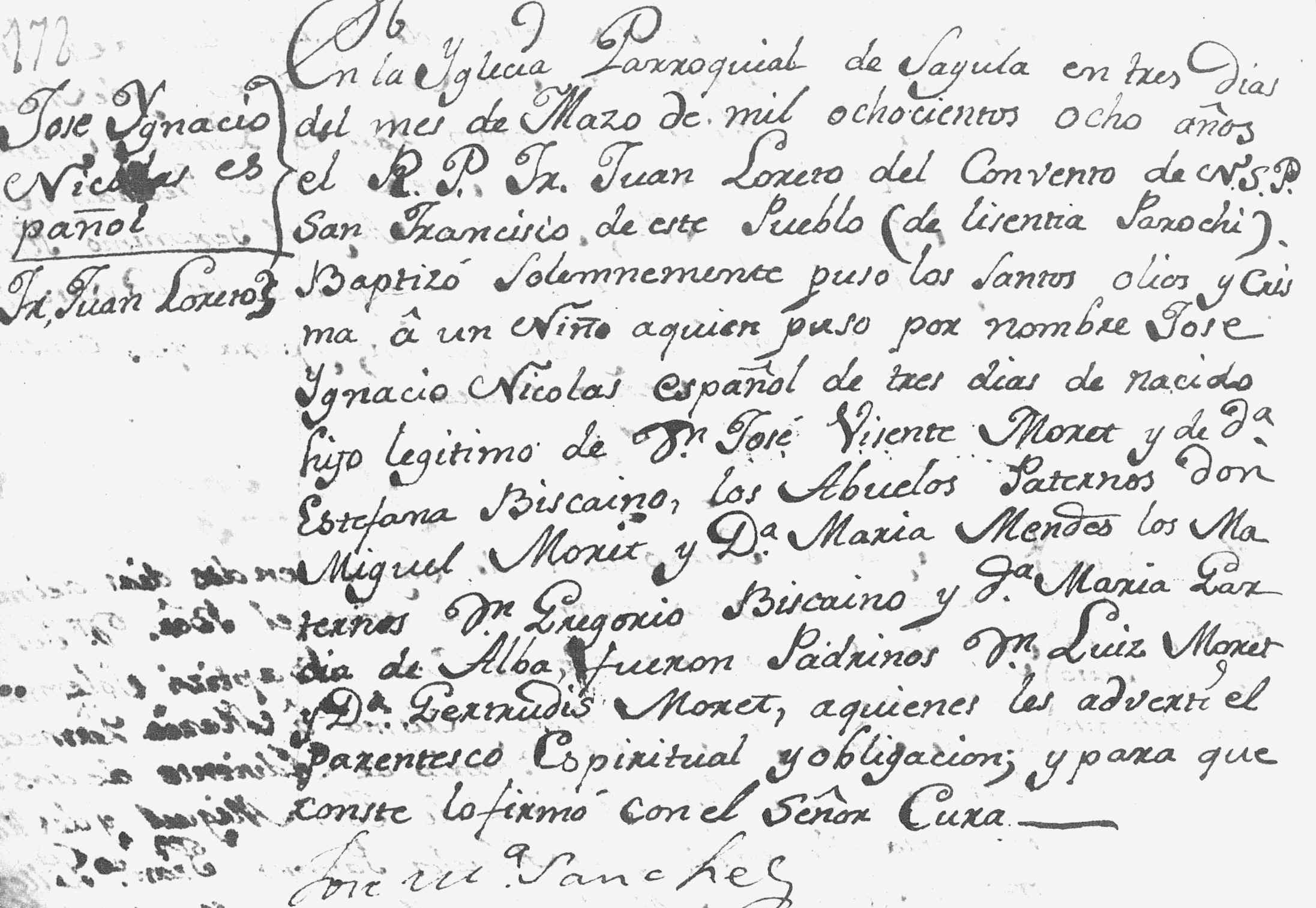
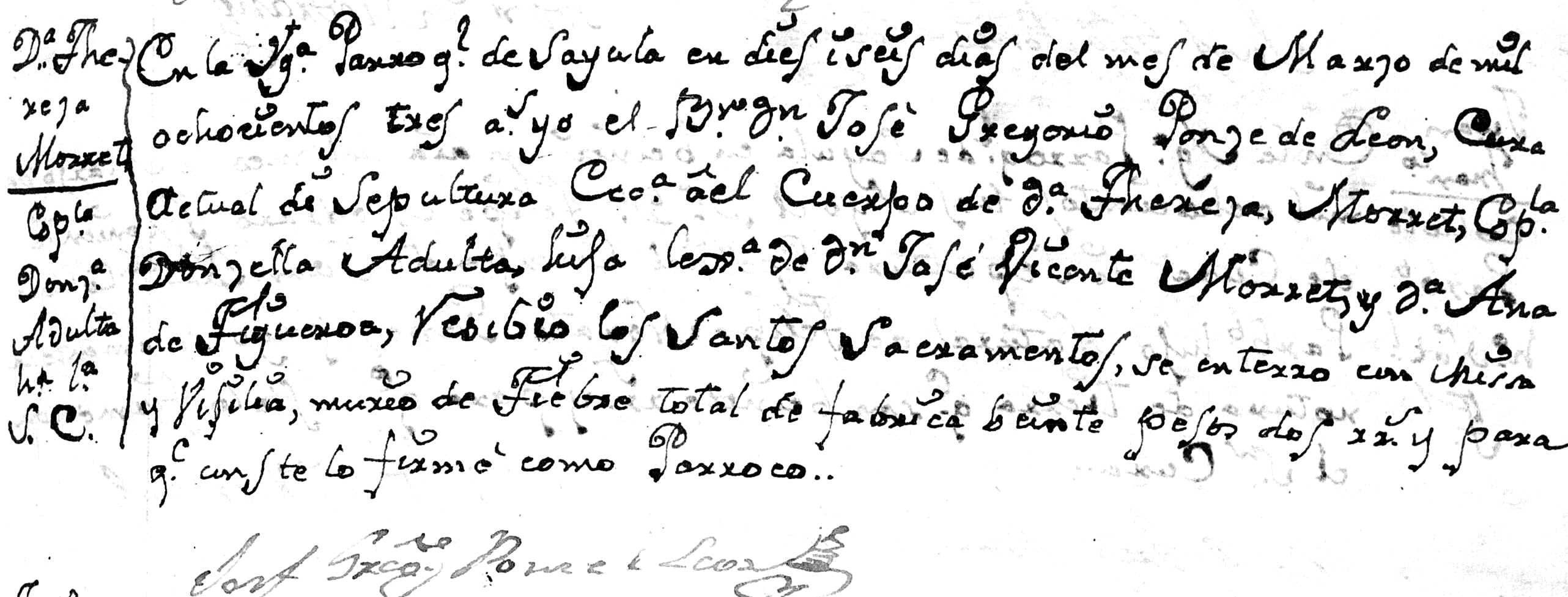
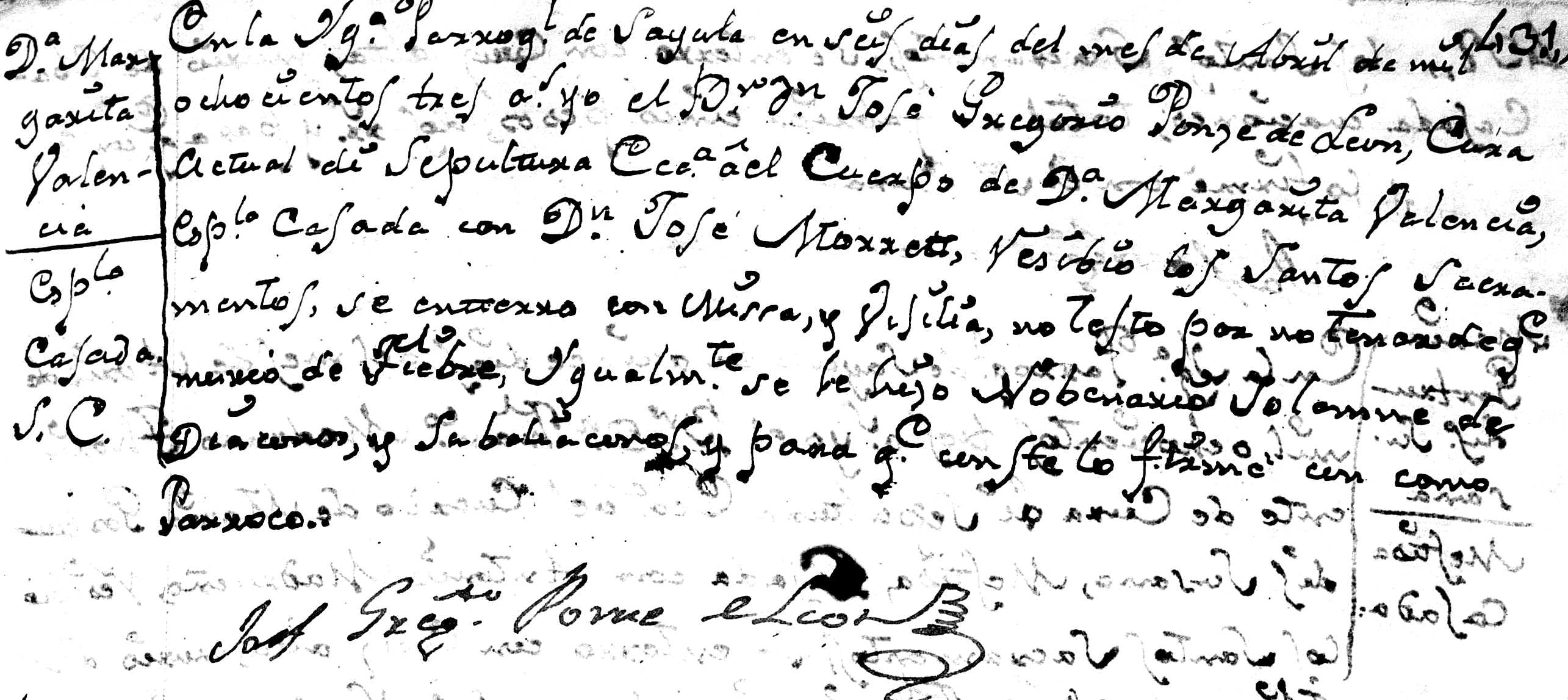
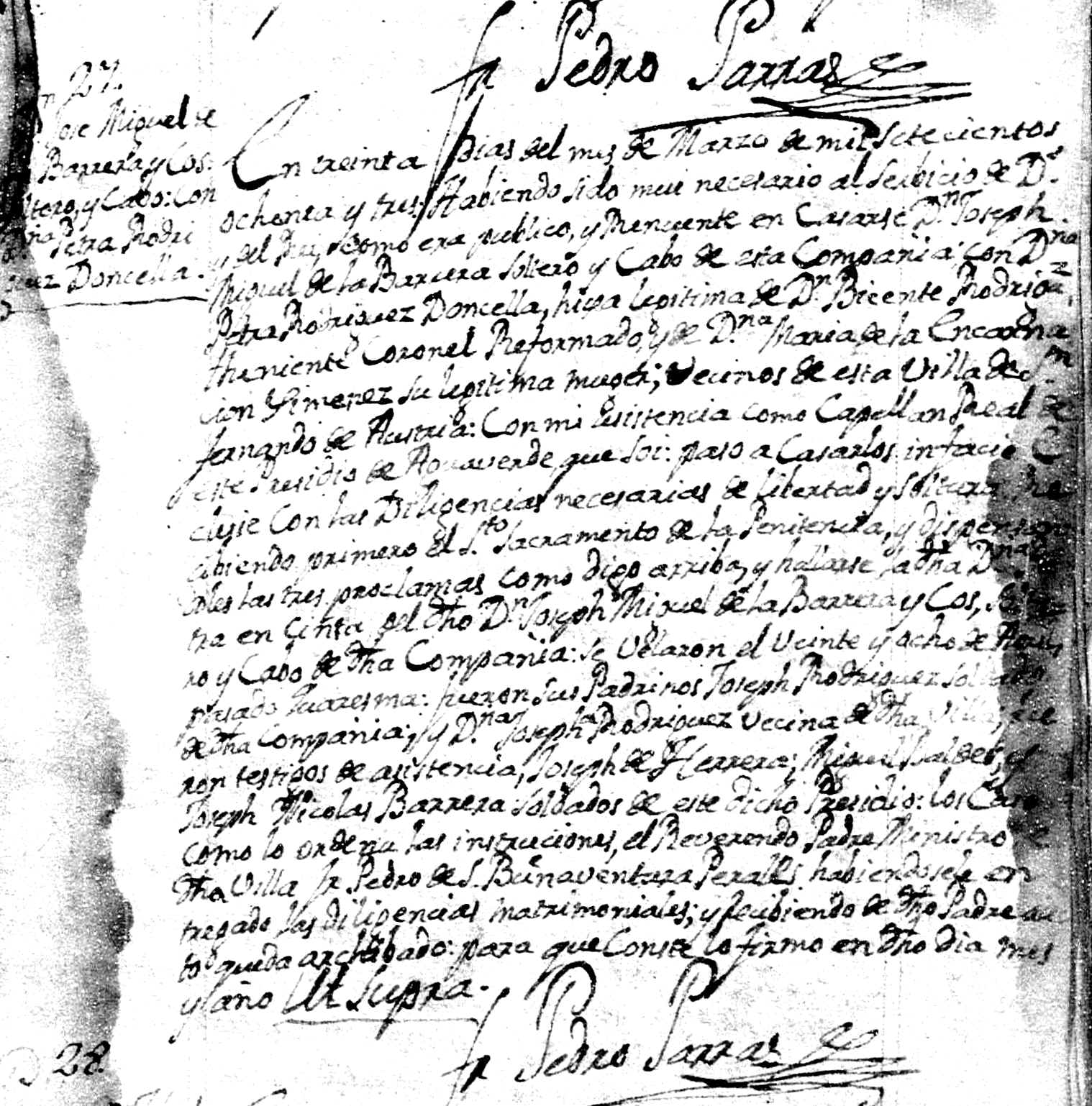
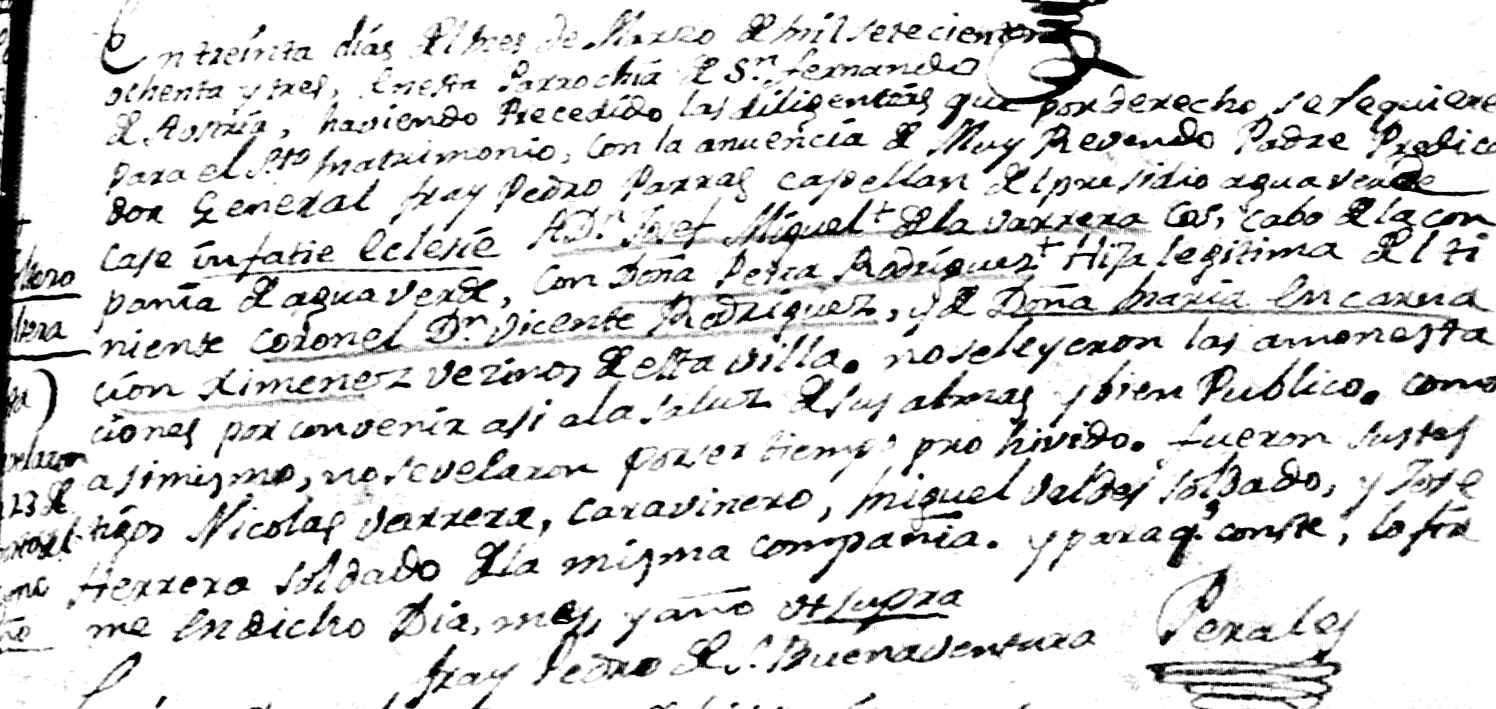
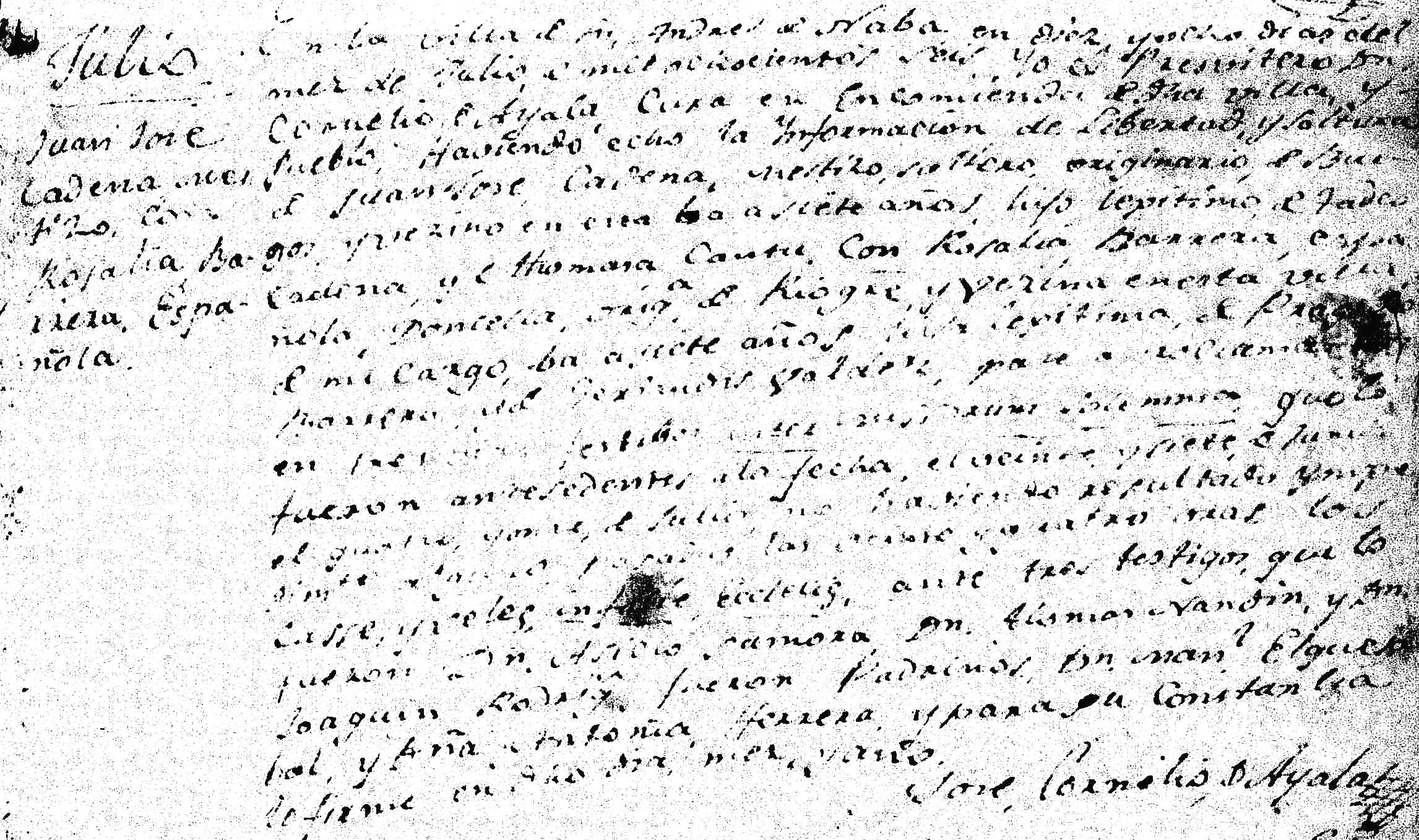

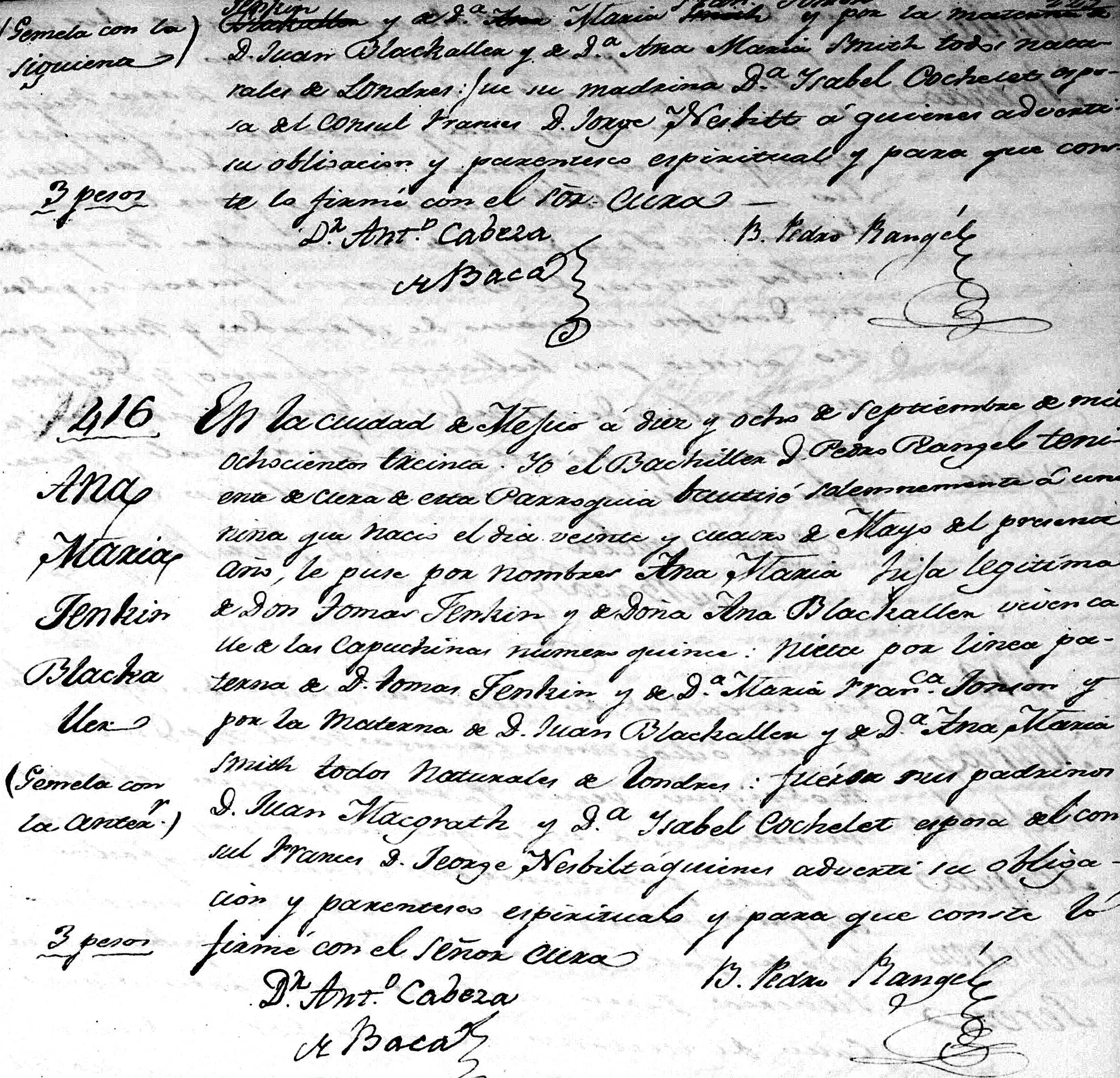
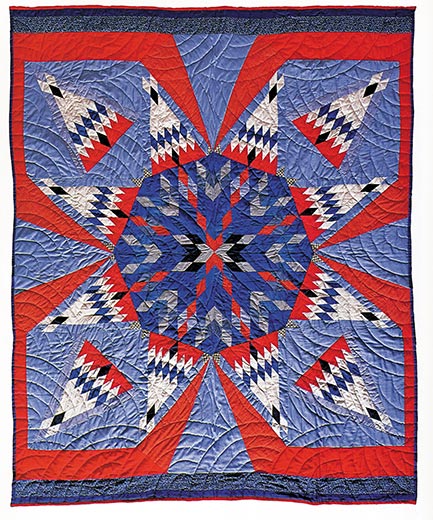 For many Native Americans, the star is a sacred symbol, equated
with honor. The belief is a respected and longstanding tradition,
inherited from their ancestors. The Assiniboine and Lakota Sioux
Indian nations of Eastern Montana and North and South Dakota had a
spiritual belief in the stars, especially in Venus, whose reflected
light made it one of the brightest objects in the night sky with the
appearance of a star. The planet Venus was their guiding star. It
represented the direction from which spirits travel to Earth,
symbolizing immortality.
For many Native Americans, the star is a sacred symbol, equated
with honor. The belief is a respected and longstanding tradition,
inherited from their ancestors. The Assiniboine and Lakota Sioux
Indian nations of Eastern Montana and North and South Dakota had a
spiritual belief in the stars, especially in Venus, whose reflected
light made it one of the brightest objects in the night sky with the
appearance of a star. The planet Venus was their guiding star. It
represented the direction from which spirits travel to Earth,
symbolizing immortality.
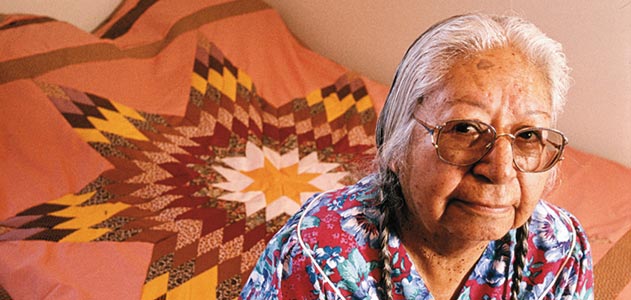 “Almira
was also a very talented artist in other ways,” says McMullen. In Morning
Star Quilts, Pulford’s 1989 survey of quilting traditions among
Native American women of the Northern Plains, she tells of a letter
she got from Jackson that described a single month’s output: a baby
quilt, two boy’s dance outfits, two girl’s dresses, a ceremonial
headdress and a resoled pair of moccasins. “Almira was also well
known for other traditional skills,” McMullen says. “Florence was
especially intrigued by her methods for drying deer and antelope and
vegetables for winter storage.”
“Almira
was also a very talented artist in other ways,” says McMullen. In Morning
Star Quilts, Pulford’s 1989 survey of quilting traditions among
Native American women of the Northern Plains, she tells of a letter
she got from Jackson that described a single month’s output: a baby
quilt, two boy’s dance outfits, two girl’s dresses, a ceremonial
headdress and a resoled pair of moccasins. “Almira was also well
known for other traditional skills,” McMullen says. “Florence was
especially intrigued by her methods for drying deer and antelope and
vegetables for winter storage.”



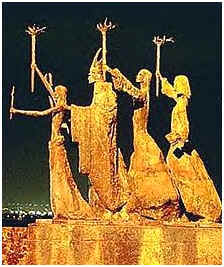 Some Taíno women became notable cacique (tribal
chiefs). Such was the case of Yuisa (Luisa), a cacica in the region near
Loíza, which was later named after her. The Spanish soldiers arrived to the island without
women, which contributed to many of them marrying the native Taíno
women.
Some Taíno women became notable cacique (tribal
chiefs). Such was the case of Yuisa (Luisa), a cacica in the region near
Loíza, which was later named after her. The Spanish soldiers arrived to the island without
women, which contributed to many of them marrying the native Taíno
women.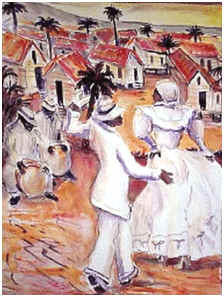 On March 22, 1873, slavery was
"abolished" in Puerto Rico, but with one significant caveat.
The slaves were not emancipated - they had to ''buy'' their own freedom,
at whatever price was set by their previous owners. Puerto Rican cuisine
and culture at the time were highly influenced by that of the traditions
of the Spanish and Tainos.
On March 22, 1873, slavery was
"abolished" in Puerto Rico, but with one significant caveat.
The slaves were not emancipated - they had to ''buy'' their own freedom,
at whatever price was set by their previous owners. Puerto Rican cuisine
and culture at the time were highly influenced by that of the traditions
of the Spanish and Tainos.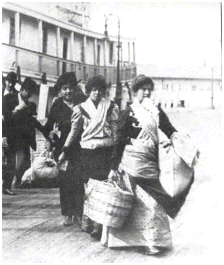 In the early 1800s, the Spanish Crown decided that
one of the ways to curb pro-independence tendencies surfacing at the
time in Puerto Rico was to allow Europeans of non-Spanish origin to
settle the island. Therefore, the Royal Decree of Graces of 1815 was
printed in three languages, Spanish, English and French. Those who
immigrated to Puerto Rico were given free land and a "Letter of
Domicile" with the condition that they swore loyalty to the Spanish
Crown and allegiance to the Roman Catholic Church. After residing in the
island for five years the settlers were granted a "Letter of
Naturalization" which made them Spanish subjects.
In the early 1800s, the Spanish Crown decided that
one of the ways to curb pro-independence tendencies surfacing at the
time in Puerto Rico was to allow Europeans of non-Spanish origin to
settle the island. Therefore, the Royal Decree of Graces of 1815 was
printed in three languages, Spanish, English and French. Those who
immigrated to Puerto Rico were given free land and a "Letter of
Domicile" with the condition that they swore loyalty to the Spanish
Crown and allegiance to the Roman Catholic Church. After residing in the
island for five years the settlers were granted a "Letter of
Naturalization" which made them Spanish subjects.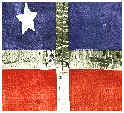 In 1868, many Puerto Rican women participated in
the uprising known as ''El Grito de Lares'' Among the notable women who
indirectly or directly participated in the revolt and who became part of
Puerto Rican legend and lore were Lola
Rodríguez de Tio and Mariana
Bracetti. Lola Rodríguez de Tio believed in equal rights for women,
the abolition of slavery and actively participated in the Puerto Rican
Independence Movement. She wrote the lyrics to La Borinqueña, Puerto
Rico's national anthem. Mariana Bracetti, also known as ''Brazo de Oro''
(Golden Arm), was the sister-in-law of revolution leader Manuel Rojas
and actively participated in the revolt.
In 1868, many Puerto Rican women participated in
the uprising known as ''El Grito de Lares'' Among the notable women who
indirectly or directly participated in the revolt and who became part of
Puerto Rican legend and lore were Lola
Rodríguez de Tio and Mariana
Bracetti. Lola Rodríguez de Tio believed in equal rights for women,
the abolition of slavery and actively participated in the Puerto Rican
Independence Movement. She wrote the lyrics to La Borinqueña, Puerto
Rico's national anthem. Mariana Bracetti, also known as ''Brazo de Oro''
(Golden Arm), was the sister-in-law of revolution leader Manuel Rojas
and actively participated in the revolt. 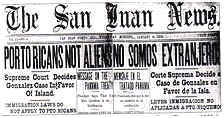 Cover of
''The San Juan News'' announcing the decision on ''Gonzales v.
Williams'' in which Puerto Ricans were not declared to be alien
immigrants when traveling to the United States. The case was argued in
court by Isabel González , a
Puerto Rican woman.
Cover of
''The San Juan News'' announcing the decision on ''Gonzales v.
Williams'' in which Puerto Ricans were not declared to be alien
immigrants when traveling to the United States. The case was argued in
court by Isabel González , a
Puerto Rican woman.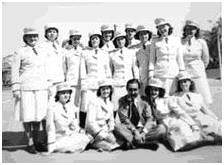 In 1944, the U.S. Army sent recruiters to the
island to recruit no more than 200 women for the Women's Army Corps (WAC).
Over 1,000 applications were received for the unit which was to be
composed of only 200 women. The Puerto Rican WAC unit, Company 6, 2nd
Battalion, 21st Regiment of the Women's Army Auxiliary Corps, a
segregated Hispanic unit, was assigned to the Port of Embarkation of New
York City, after their basic training at Fort Oglethorpe, Georgia. They
were assigned to work in military offices which planned the shipment of
troops around the world. Among them was PFC Carmen
García Rosado, who in 2006, authored and published a book titled
"LAS WACS-Participacion de la Mujer Boricua en la Segunda Guerra
Mundial" (The WACs-The participation of the Puerto Rican women in
the Second World War), the first book to document the experiences of the
first 200 Puerto Rican women who participated in said conflict.
In 1944, the U.S. Army sent recruiters to the
island to recruit no more than 200 women for the Women's Army Corps (WAC).
Over 1,000 applications were received for the unit which was to be
composed of only 200 women. The Puerto Rican WAC unit, Company 6, 2nd
Battalion, 21st Regiment of the Women's Army Auxiliary Corps, a
segregated Hispanic unit, was assigned to the Port of Embarkation of New
York City, after their basic training at Fort Oglethorpe, Georgia. They
were assigned to work in military offices which planned the shipment of
troops around the world. Among them was PFC Carmen
García Rosado, who in 2006, authored and published a book titled
"LAS WACS-Participacion de la Mujer Boricua en la Segunda Guerra
Mundial" (The WACs-The participation of the Puerto Rican women in
the Second World War), the first book to document the experiences of the
first 200 Puerto Rican women who participated in said conflict.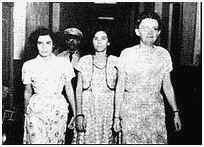 The arrest
of Carmen María Pérez Roque, Olga Viscal Garriga, and Ruth Mary
Reynolds; three women involved with the Puerto Rican Nationalist Party
who were arrested because of violations to the Puerto Rico Gag Law. The
law was later repealed as it was considered unconstitutional.
The arrest
of Carmen María Pérez Roque, Olga Viscal Garriga, and Ruth Mary
Reynolds; three women involved with the Puerto Rican Nationalist Party
who were arrested because of violations to the Puerto Rico Gag Law. The
law was later repealed as it was considered unconstitutional.